Ljubljana mon amour: In fact, already the city’s name sounds like a tender song and derives from the word ljubljena which translates to beloved. Various charming bridges are crossing the picturesque river Ljubljanica. With an amazing number of captivating buildings from the Renaissance, Baroque, and Art Deco, onion-domed churches, and an imposing fortress high above the city, Ljubljana absolutely lives up to her lovely name.
And since Ljubljana is small but definitely mighty, you can explore the city’s most iconic spots and landmarks easily in just two days.
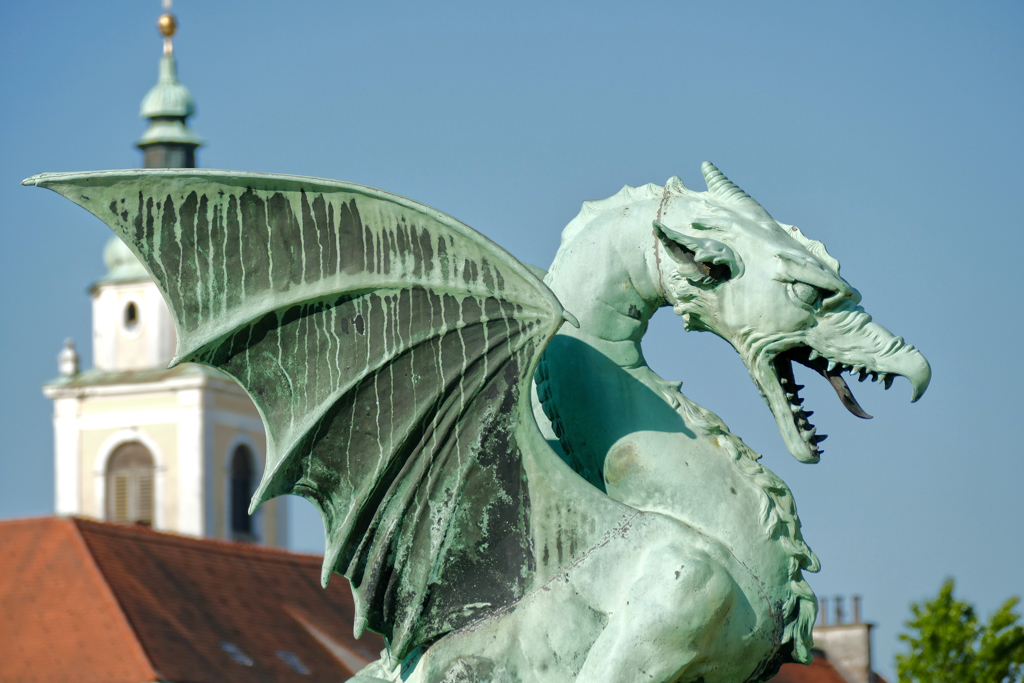
Although the city is no secret anymore and can actually get quite busy in the high season, Ljubljana has kept its sleeping beauty charm and is a sparkling gem.
Ljubljana’s Everchanging Past
The first time I heard about Ljubljana was when many years ago, an extremely quirky band named Laibach, which is the city’s German name, caused sensations among the underground clubs. And scandals in their home country which at that time was still Yugoslavia. Socialist Yugoslavia.
And this catapults us right in the middle of Slovenia’s ever-changing history.
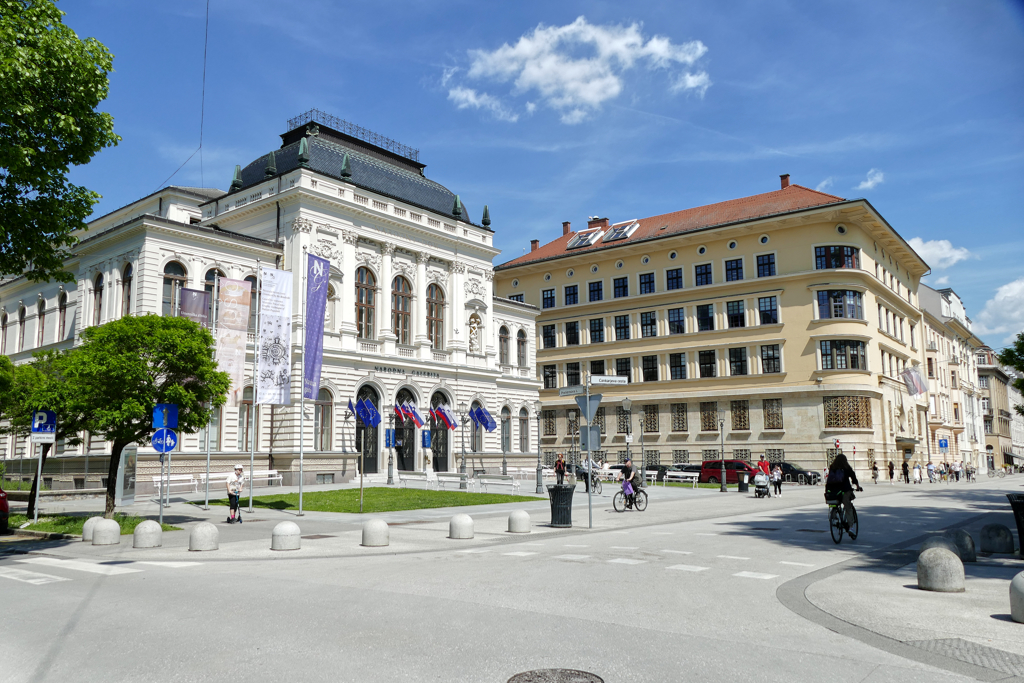
I spare you the very beginning when the Illyrians settled in. Later came the Romans, then, Charlemagne followed and made the territory part of the Frankish Empire. Eventually, the region came under the hegemony of the Republic of Venice and finally became part of the Austro-Hungarian Monarchy. This empire fell apart with WWI and, subsequently, Slovenia became part of the State of Slovenes, Croats, and Serbs.
Becoming Yogoslavia
After WWII, they added a couple more countries, and – whoomph! – Yugoslavia was created. It was a socialist yet in comparison pretty liberal state of various ethnicities, led by Josip Broz Tito till his death in 1980 in the very Ljubljana.
Following Tito’s death, some of the states, primarily also Slovenia, preferred to become independent which led to a series of some of the most gruesome and barbaric military conflicts of the 20th century.
Fortunately, Slovenia was involved very shortly. Although it was the first country to be attacked, the conflict there lasted only ten days, then they were good to go – literally.
This is an extremely short and not very thorough recap but I presume that you don’t want to know all the details, and if so, probably not from me.
My job is to guide you to the city’s beautiful sides that made me fall in everlasting love with Ljubljana.
Therefore, love is the golden thread of this post.
Something Old: The Historic Center
Looking for something old, the historic center of Ljubljana doesn’t disappoint. After passing the bridge with the iconic dragons, walk one block further and turn right into the Vodnikov Trg. At the corner is the Slovenian Tourist Information in case you need free maps and friendly advice. Right next to it, you can stock up on some fresh snacks at the farmers market which takes place every day except Sunday from 7 a.m. till the early afternoon.
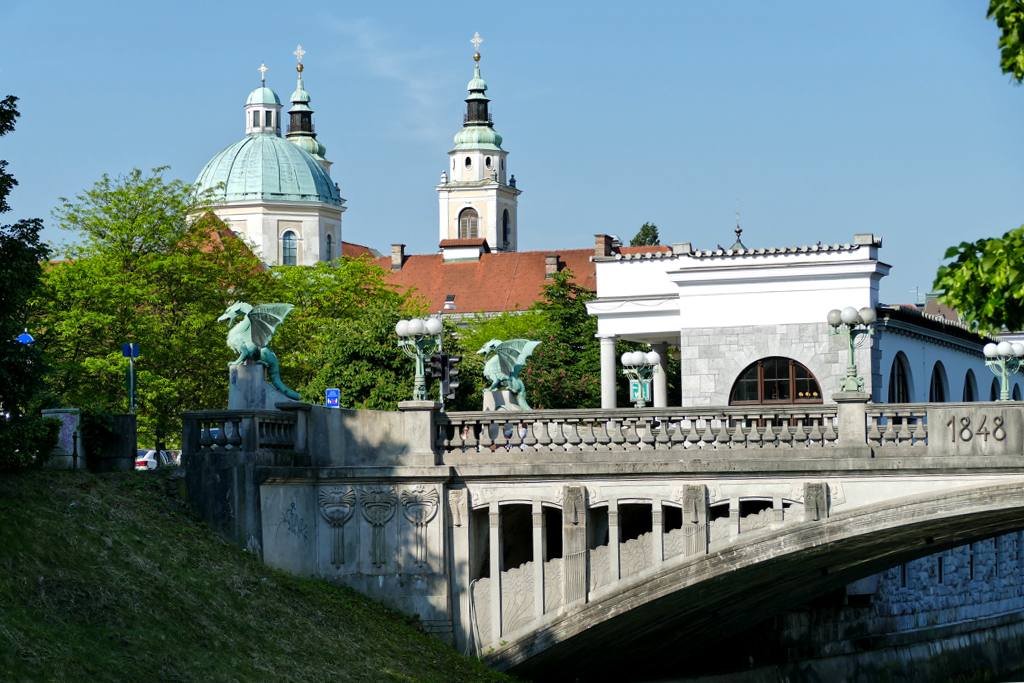
The river and the city hill on which the castle stands influence the course of the street in the old center of Ljubljana. A ring road runs from the market square in a wide arc around the mountain, all sections of which are called Trg, which translates to market. Even though there is no longer a market here today, this elegant pedestrian zone is still a shopper’s paradise.
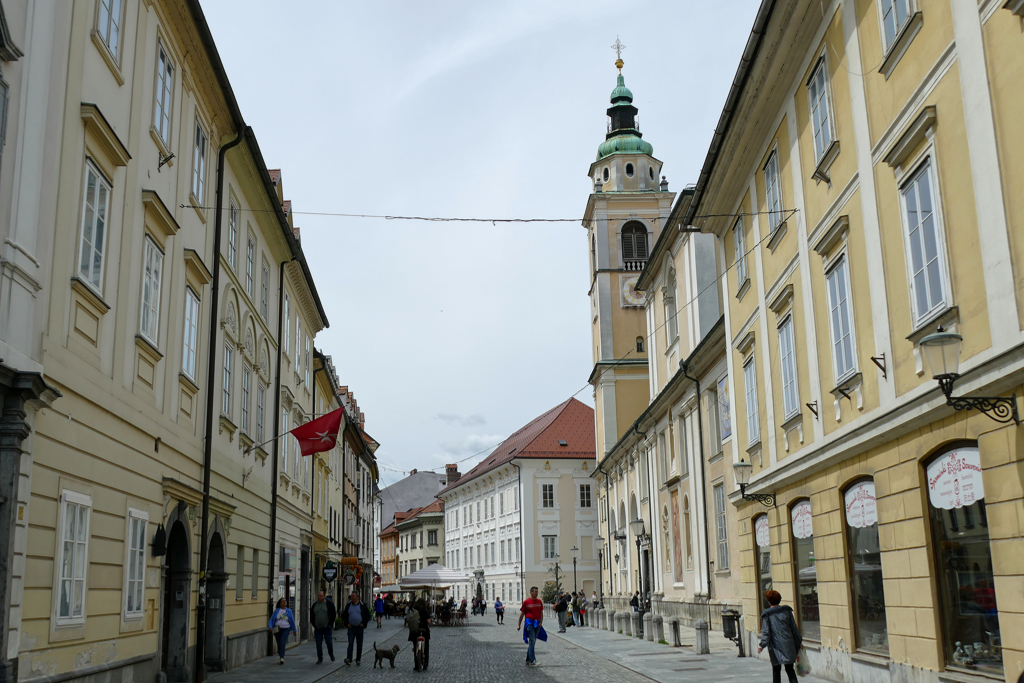
This ring road is lined with some imposing structures.
Icons
The most significant one is clearly Stolnica Svetega Nikolaja, hence, Ljubljana’s Cathedral of Saint Nicholas.
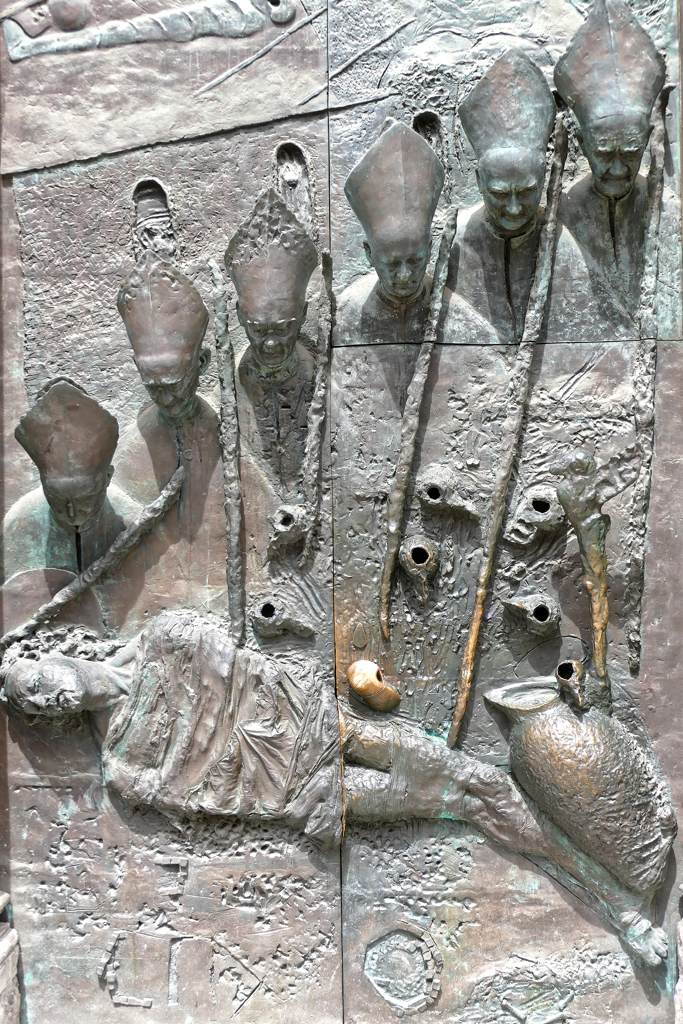
It was rebuilt in its current baroque style by the Italian Jesuit brother, painter, and architect Andrea Pozzo and completed in 1706. In 1996, on the occasion of the visit of Pope John Paul II, two massive bronze doors with relief depictions of Slovenian history and the bishops of Ljubljana were added. If you want to admire the remarkably well-preserved ceiling fresco by Giulio Quaglio and the altar designed by Francesco Robba, you can visit the church for 3 €uros on weekdays from 11 a.m. to 6 p.m. On weekends, visiting hours differ according to the services, obviously.
Not far from the cathedral is the town hall. The Robba fountain in front of it is far more impressive than the building.
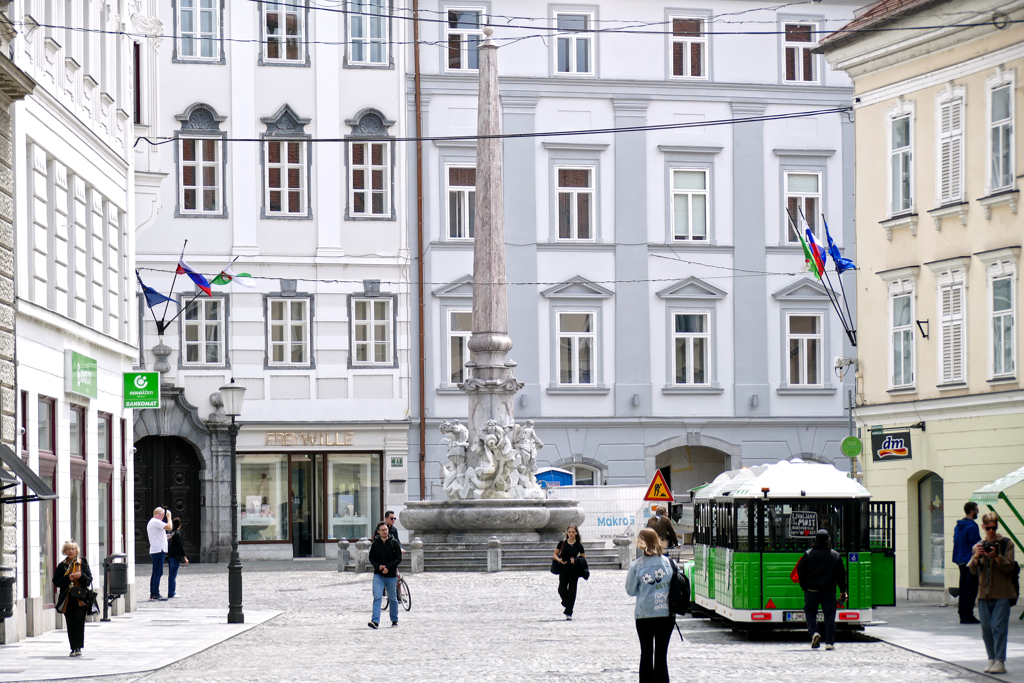
The Fountain is named after its sculptor Francesco Robba. However, it’s also called the Fountain of the Three Carniolan Rivers. Robba designed it in 1751 after Bernini’s Fountain of the Four Rivers in Rome. As a matter of fact, this one is only a copy since the original stands at the National Gallery.
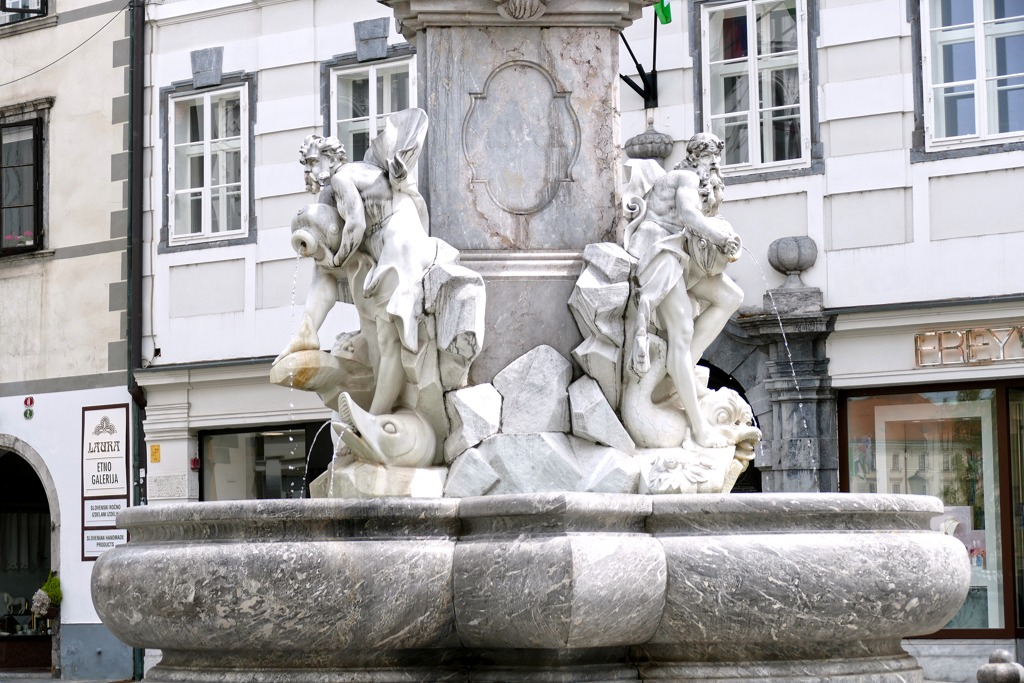
You have probably noticed that almost all of the builders and other artists mentioned so far were Italian. It should not be forgotten that Slovenia was under the rule of the Republic of Venice until its dissolution in 1797. Eventually, it passed seamlessly to the Austrian Empire. Autonomy looks different.
Glorious Structures
Magnificent, well-preserved houses, mostly from the Renaissance and Baroque, line the pedestrian street. These architectural gems mostly house cute little specialty shops where you’ll want to stock up on original souvenirs like traditional lace, carved wood, and anything you can imagine made from honey. And if you need a break from marveling and shopping, there are also a variety of cozy little cafes.

I will not lie to you: If you don’t get up too late and don’t take your sweet time snacking and browsing, you can easily visit the most important sights of Ljubljana in two days.
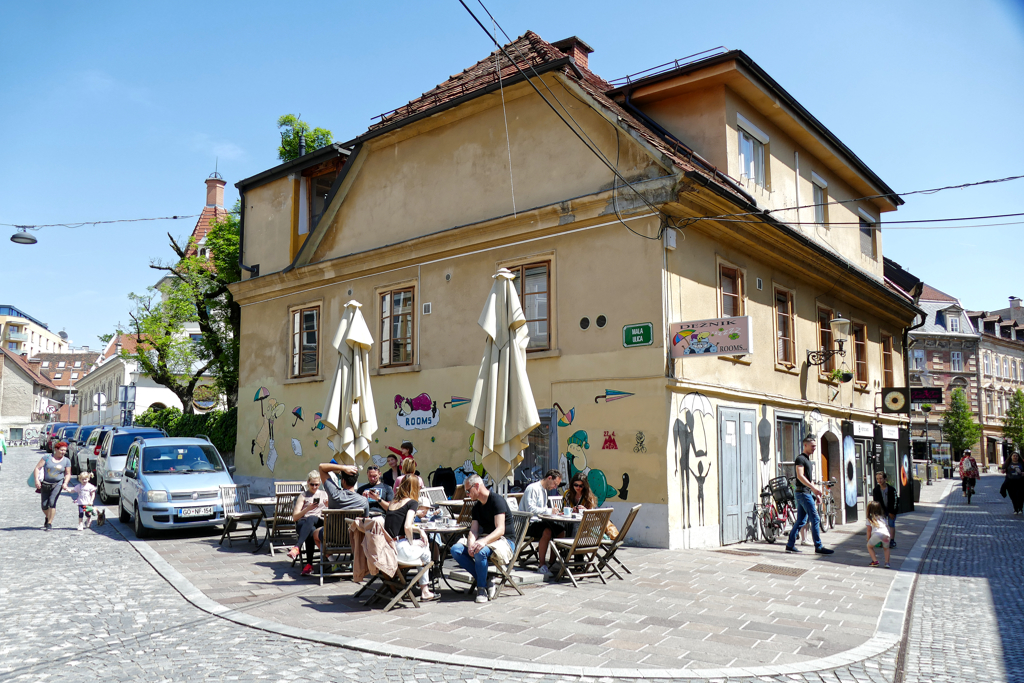
But not taking your sweet time would actually be a shame and you’d miss out on a major part of what’s Ljubljana’s charm all about: The small, unpretentious beautiful corners, alleys, and things. So lower your pace and go with the flow.
My Home is My Castle – Literally
A visit to Ljubljana Castle is indispensable. There are several ways to get up there. The most convenient way is of course to take the funicular. The lower stop is at Krekov Trg opposite the farmers market.
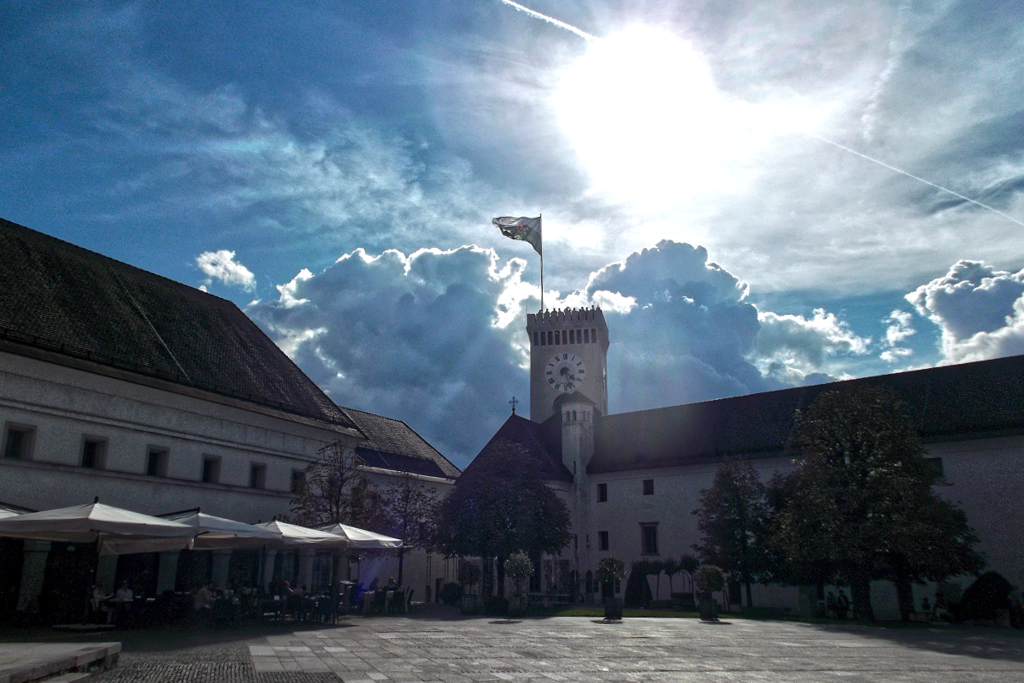
However, if you’re not particularly tired of walking, climbing up on foot is much nicer and not that hard. Almost at the end of the pedestrian ring road, which runs along the castle hill, between the churches of Saint James and Saint Florian, a gentle slope winds uphill. The idyllic path is very well signposted. Don’t forget to look over the wall along the cobblestoned street every now and then, because at your feet lies the city in all its beauty and splendor.
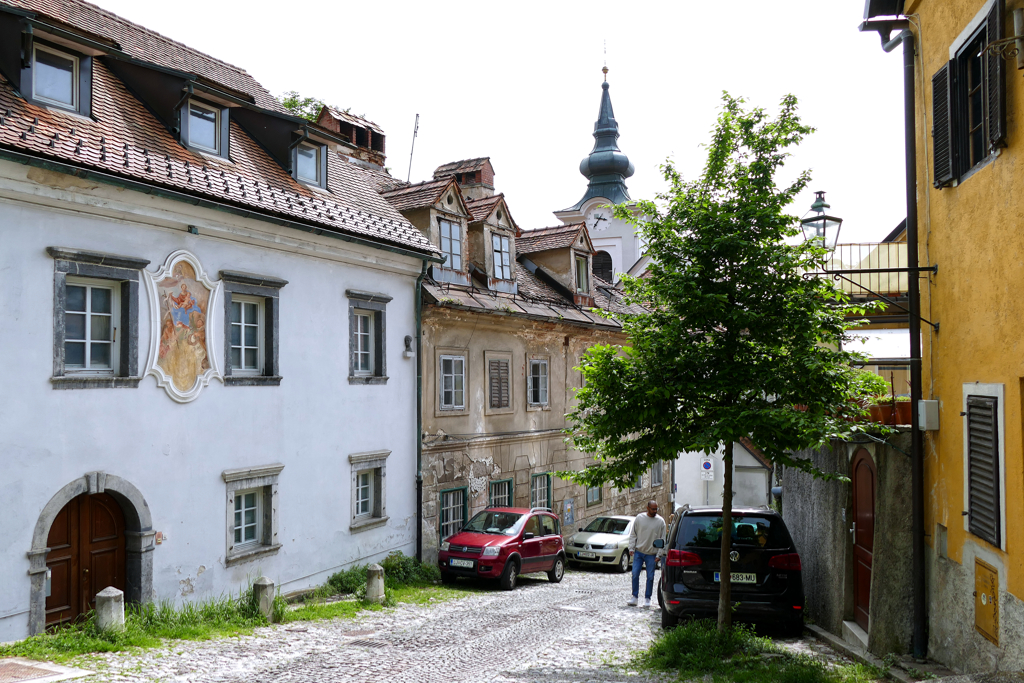
Once you arrive at the castle, you can enter the site for free if you just want to walk around, enjoy the views, and grab refreshments at the restaurant. You only have to pay an entrance fee if you want to visit the exhibitions and climb the tower.
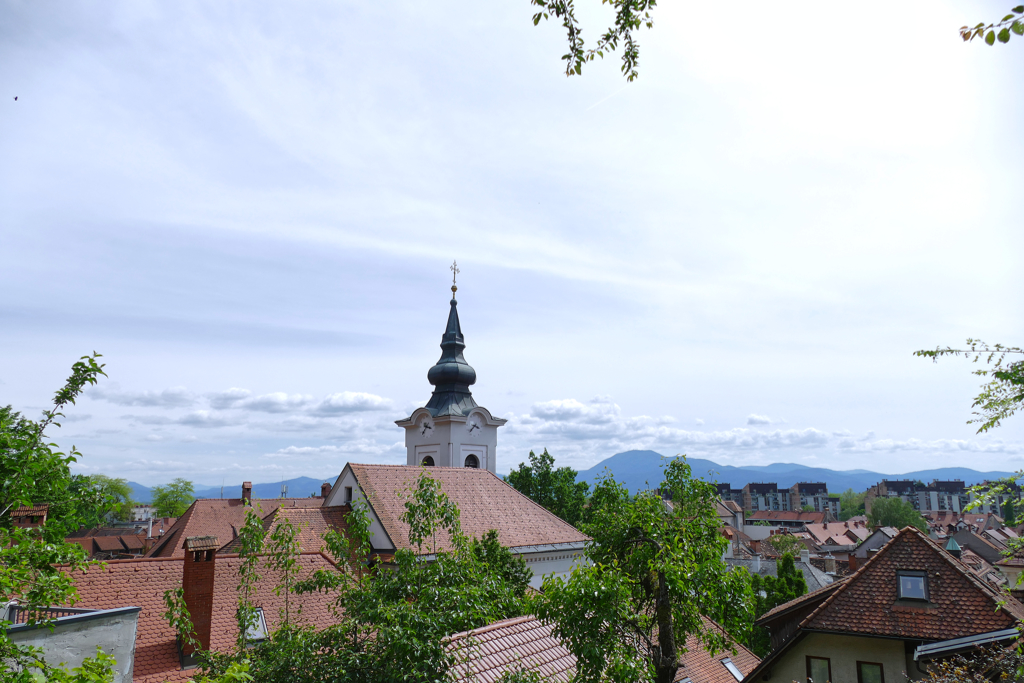
The castle was built as a medieval fortress from the 11th century. However, most of the structures were added only in the 16th and 17th centuries.
Then, in the 19th century, parts of the castle were converted into a prison. It’s ironic: At first, the fortress protected people from the intrusion of villains, and later it protected them from their escape.
Nevertheless, its use from 1905 to 1963 was particularly unusual. During that time, it served as communal accommodation for poor families.
What a lovely assignment!
Plan Your Visit
From October to April, you can visit the castle every day from 9 to 6, from May to September it only closes at 8. The restaurants have longer opening hours, but they are not open every day.
There are different ticket options with or without the funicular and audio guide. The visit alone costs 12 €uro, including the funicular 16 €uro. Of course, you can also take the funicular without visiting the castle, then the one-way trip costs 3.30 €uro and the round trip costs 6 €uro. Since there are many other offers, it’s best to check their website before visiting to find out which offer best suits you.
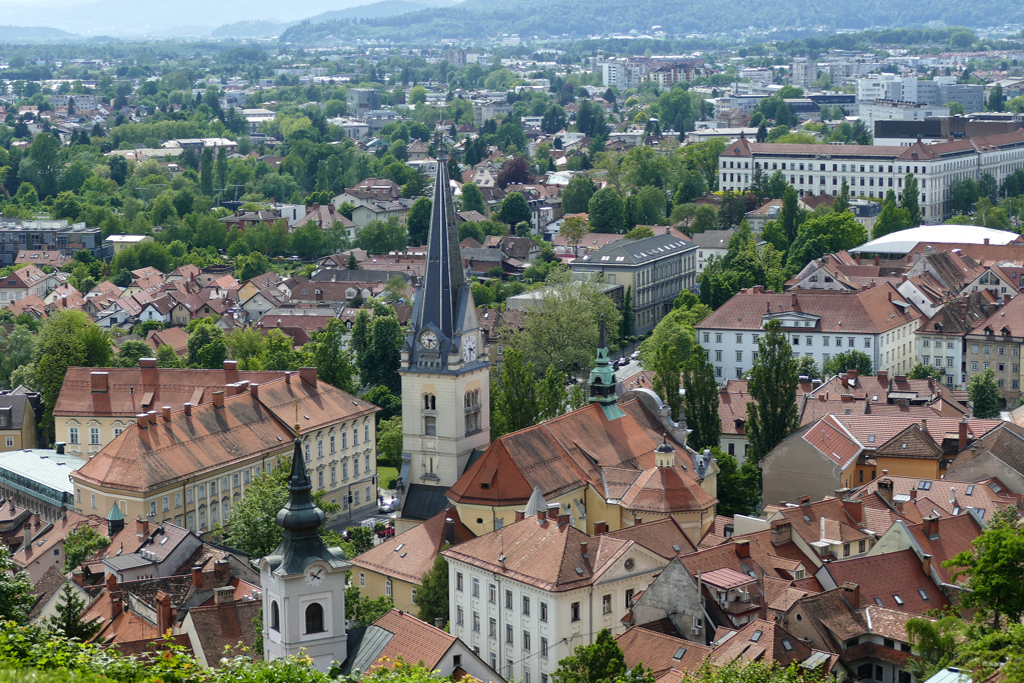
It is absolutely worth strolling through the park and forest area around the castle and taking a break on one of the many benches while looking down at the city. Don’t miss the so-called Šance area which was created by Jože Plečnik. Grandmaster Plečnik designed it based on the remains of a fort that was connected to Ljubljana Castle by the castle walls back in the 16th century.
Something New: Autonomous Culture Projects
This first part was rather a tour of Ljubljana’s classic, exquisite sights’n’structures. However, sweet Ljubljana has also a rough and edgy side. She’s kind of a runaway bride.
Let’s explore it by crossing the Dragon Bridge and after one block, turn right into Trubarjeva Cesta. This narrow lane and its side streets are kind of Ljubljana’s Greenwich Village with tons of small coffee shops, international eateries, quirky specialty shops, and galleries. Absolutely worth lingering and exploring.
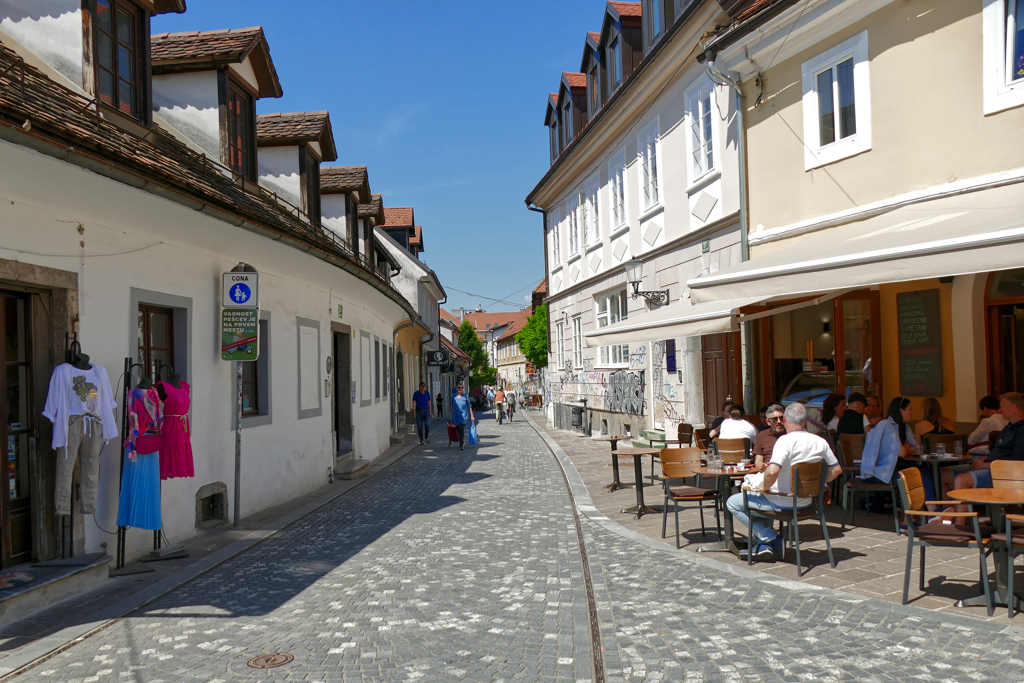
The skate park is at number 72. Until not so long ago, the Avtonomna Tovarna Rog, the autonomous Rog factory, was located here. It was an arts and community center that was somewhat reminiscent of Christiania. I assume you know the anarchist Freetown Christiania in Copenhagen. If not, check out my post about Denmark’s capital.
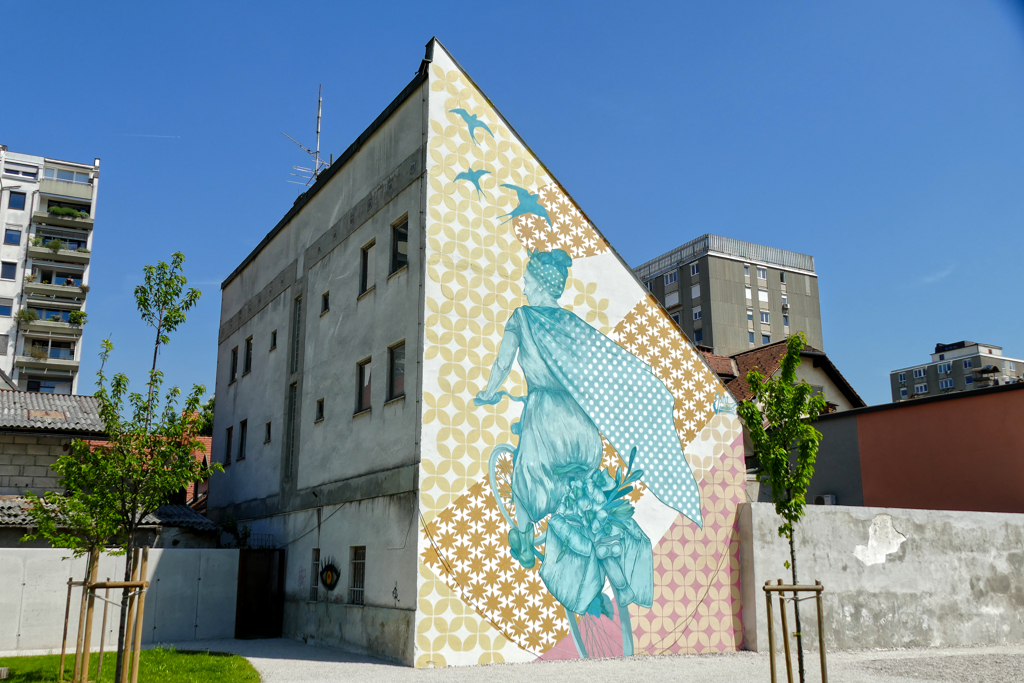
Rog bicycles were manufactured here between 1953 and 1991. It was abandoned until activists occupied it in 2006 and converted it into an autonomous community and cultural center. Despite its great service to the community, the city began demolishing the center in 2016. Ultimately, the residents were evicted in January 2021, the buildings were demolished and replaced with a chic building that houses, among other things, a photo gallery and hip cafés.
Phoenix From the Ashes
Fortunately, Rog was by far not the only alternative cultural center in Ljubljana. The Kino Šiška is located in a northern and non-touristy part of Ljubljana. Built in 1961, it was one of the city’s first modernist buildings. From 1964 until the late 1980s, it was actually a cinema. When visitor numbers declined, the building was used for various events. After some back and forth, which is unfortunately quite common in projects of this kind, it is now the main Slovenian venue for the contemporary music scene, complemented by performing arts as well as exhibitions.
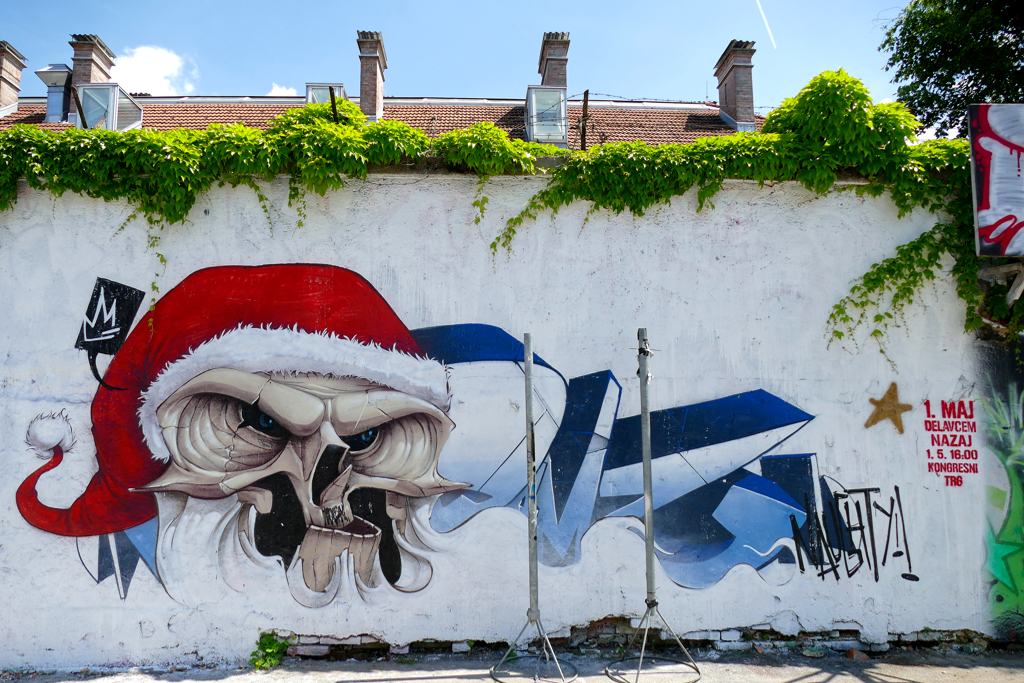
However, the most famous alternative cultural project is Metelkova.
This building complex was built in the late 19th century and served as barracks during the Austro-Hungarian Empire. It later became the headquarters of the Yugoslav National Army.

The history of the creation of today’s cultural center goes back to 1993, when the northern area of the building complex was occupied by around two hundred volunteers at the initiative of a few artists and activists in order to save it from demolition.
This developed into a center of alternative culture, which was initially inhabited by artists and activists and is now a place for creative activities of various kinds. There are several music clubs, artistic performances, and exhibitions.
Museums
I’ve always been to Ljubljana during the summer months, so I can’t imagine bad weather there. But Slovenia is in the middle of Europe, and the city will get its fair share of rain and winter snow. Fortunately, there are some very nicely curated museums such as the Museum of Modern Art and the Historic Museum, which are located southeast of Tivoli Park. Just south of the Metelkova, however, are the Slovenian Ethnographic Museum, a place where you can learn basically everything about Slovenia and its people in an entertaining way, and the Muzej Sodobne Umetnosti Metelkova | + MSUM, Ljubljana’s Museum of Contemporary Art.
The Ethnographic Museum is open from Tuesday to Sunday from 10 a.m. to 6 p.m. On Thursdays, they stay open until 8 p.m. The entrance fee is 6 €uros. The + MSUM is open from Tuesday to Sunday between 10 a.m. and 6 p.m., and the admission is 5 €uros.
Something Borrowed: All About Food
Borrowed – well, I’d like to rephrase since it’s rather adopted. One of the most interesting and fascinating sides of Ljubljana is its rich international heritage. Italians, Austrians, the Balkans – all these nations’n’neighbors left their culinary specks. Today, you can add Asian and Arabic food and, of course, there are great places for Vegetarians and Vegans, too.
Nevertheless, traditional foods are an important part of Slovenia’s national identity. Apart from exquisite produce, Slovenian artisan products are sold at markets and in specialty shops. You get excellent cheese and dairy products, sausages, local wines, schnapps, and, above all, honey of the highest quality.
Yummy Staples
Kranjska Klobasa, hence, Carniolan sausage, is the most famous Slovenian staple, and you get it in excellent quality at every eatery. It is served with mustard, sour cream, and horse reddish. If a half sausage is on the menu, go for it, it will be plenty as it is actually half of a pair of two sausages.
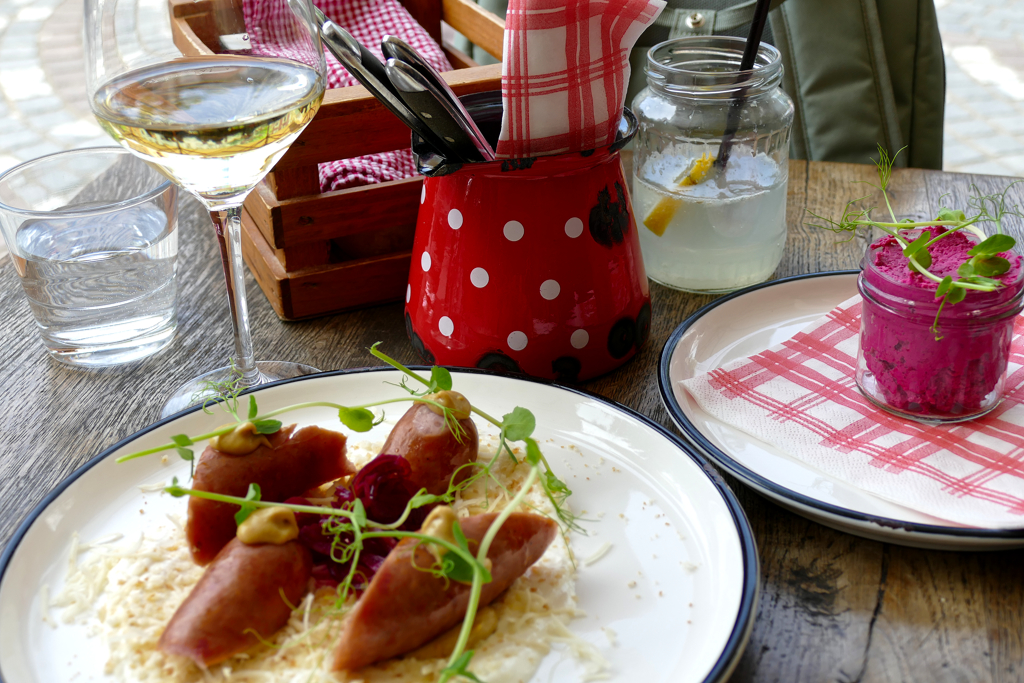
If you’re very hungry, you can order Žganci as a side dish with the Carniolan sausage. Žganci is a so-called spoon-bread and is usually made from buckwheat flour. This gives the dish an earthy and slightly nutty flavor. One of the most typical ways to eat Žganci is with cracklings made from roasted pork fat.
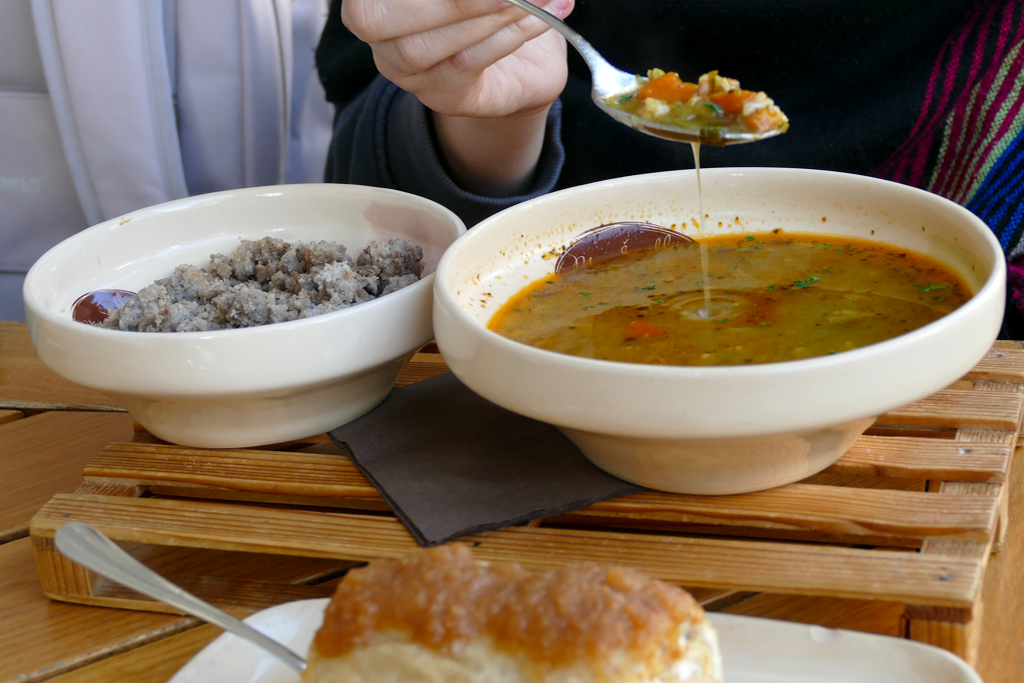
Štruklji is another traditional staple. Sheets of dough are spread with various savory or sweet fillings, rolled up, and then cut into pieces. This means that Štruklji are not only delicious, but also very pretty to look at.
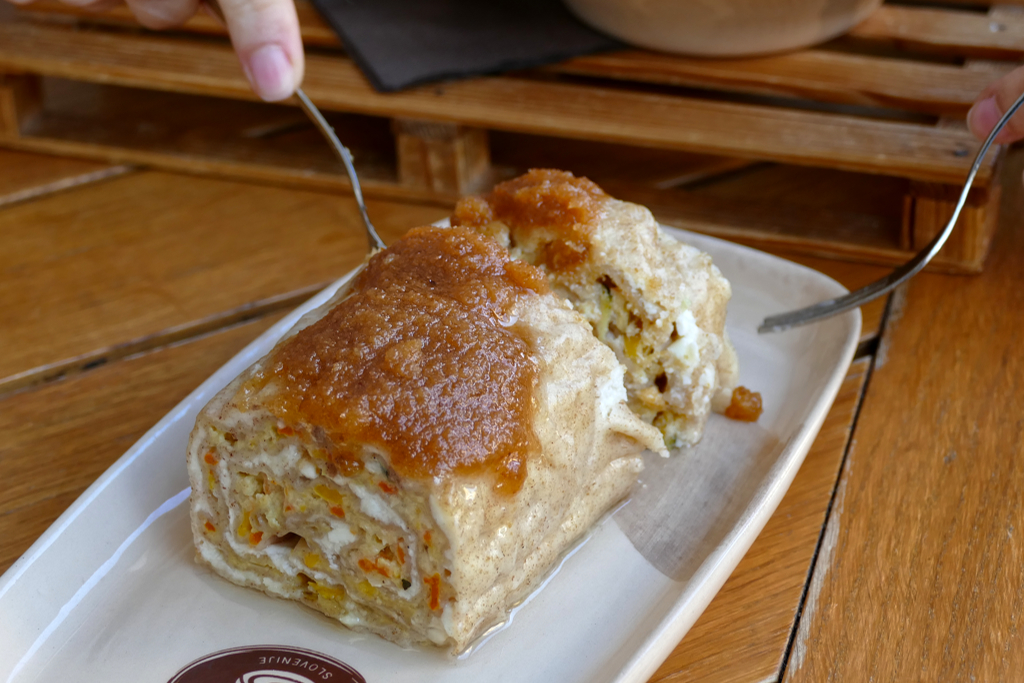
The most popular fillings are cottage cheese, vegetables, walnuts, and various fruits.
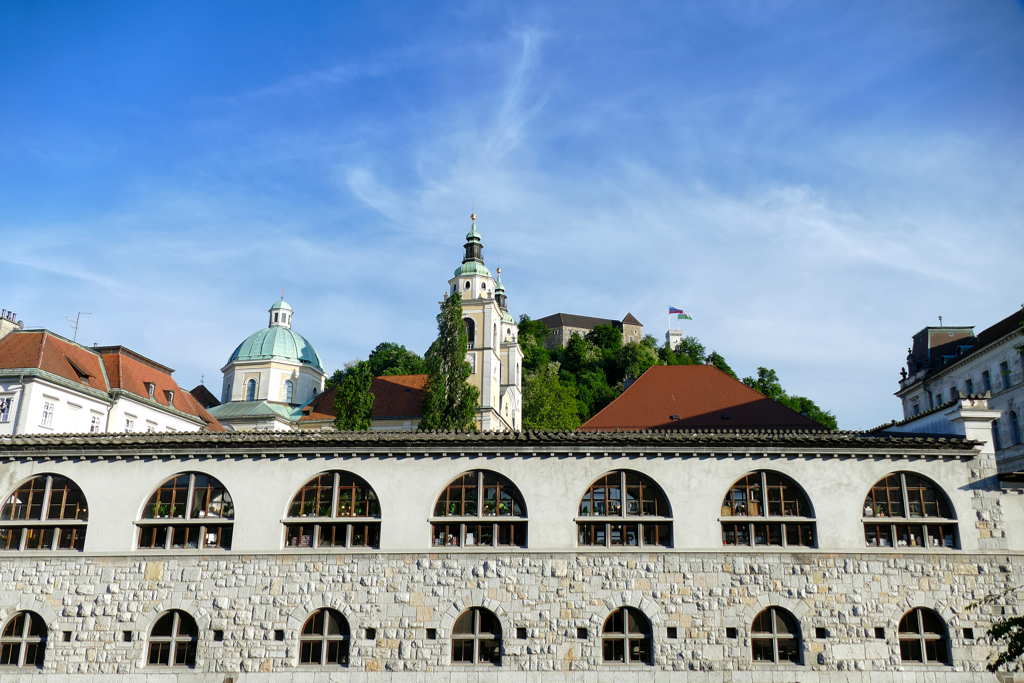
After having eaten at a number of different restaurants, I’d argue that the best place to try absolutely authentic Slovenian food is Moji štruklji Slovenije. It’s housed in the iconic Arcade alongside the river Ljubljanica. Since opening times vary according to season and day of the week, check them out on their website.
Fine Dining on Street Food
A particularly good opportunity to discover Slovenian cuisine and many other dishes from around the world is from March to October at the popular market Odprta Kuhna, which translates to Open Kitchen.
Since 2013, this popular food market has been held in the heart of the city every Friday in the summer between 10 a.m. and 10 p.m., unless it rains.
The Odprta Kuhna stalls are located on Pogačarjev Trg between the Plečnik’s covered market and Saint Nicholas’s Cathedral. Restaurants from all over Slovenia offer their delicacies here.
In addition to meat dishes, the open kitchen also offers vegetarian and vegan meals.
Whether locals or tourists: Everyone gets their favorite food from one of the stalls, accompanied by a glass of Slovenian wine or a craft beer. You have to improvise a bit when looking for a comfortable place to sit, but that’s really complaining at a high level.
Heavy Snacking
Especially if you are looking for a yummy snack to take with you on a day trip or just a hike, there are tons of bakeries, so-called Pekarna, selling filled puff pastry. The hearty kind is called Burek and is stuffed with different fillings like potatoes, spinach, cheese, minced meat, or vegetables. This snack is popular across the Balkan area, up northeast in Russia, in Türkiye, and probably in a couple more places that I don’t know of.
The sweet kind often contains fruit like apples, or it is filled with a thick layer of curd with raisins or poppy seeds.
If you are into carbs, you definitely came to the right country.
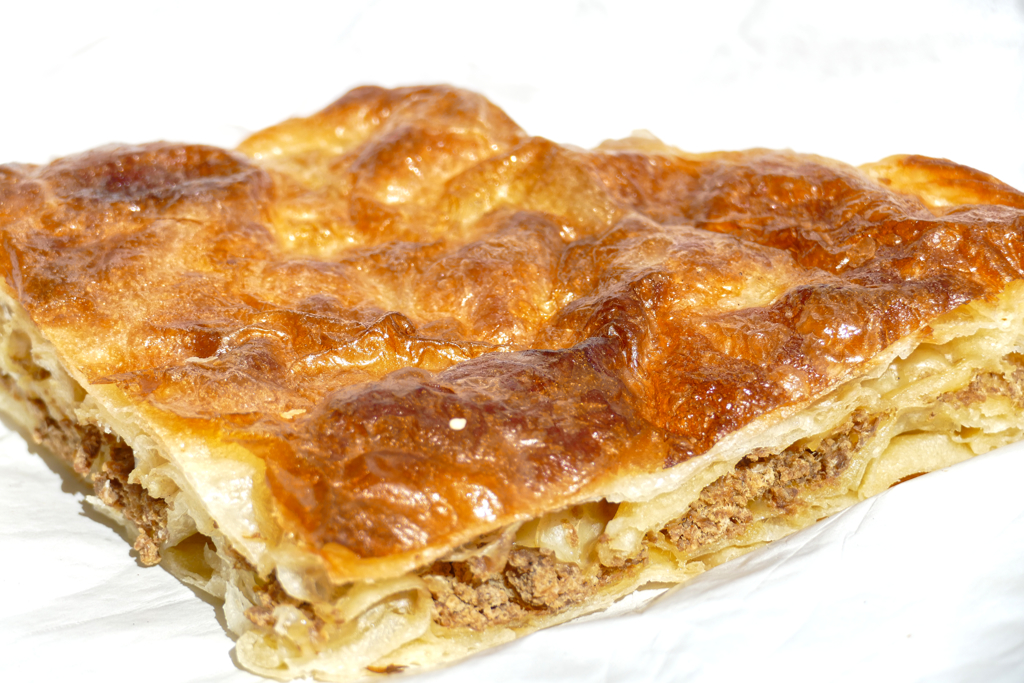
You’ll get some of the best Burek just one block from the train station at Nobel Burek. Note that these guys never let you down since they are open 24/7.
Le Petit Déjeuner at Le Petit Café
If you should get tired of Burek for breakfast, I urge you to check out Le Petit Café at the Trg francoske revolucije not far from the Križanke Summer Theatre that I’m introducing below.

You should be able to overlook the fact that the waiters are not always the friendliest. But they are fast and quickly bring you what you have ordered from the extensive menu. Everything is excellent and skilfully prepared from the best ingredients. Whether it’s eggs Benedict on salmon, avocado toast or the fluffiest pancakes of your life: you won’t be disappointed. Quality comes at a price, so Le Petit Cafe is certainly not the cheapest breakfast option in Ljubljana, but the food and drinks are worth every cent.
Le Petit Café is even not that petit, however, it’s extremely popular. Therefore, you should make reservation by calling +386 1 251 25 75. Otherwise, prepare for a longer wait especially on weekends during popular breakfast hours. They are open every day from 7.30 a.m. to midnight.
Something Blue: The Ljubljanica River
As you know from the Robba Fountain, there are three Carniolan rivers, namely Sava, Krka, and Ljubljanica, whereby the latter flows into the Sava which then exits into the Blue Danube. It flows like a melodic song.

Somehow a visit to Ljubljana without a cruise on the Ljubljanica doesn’t seem to be complete.
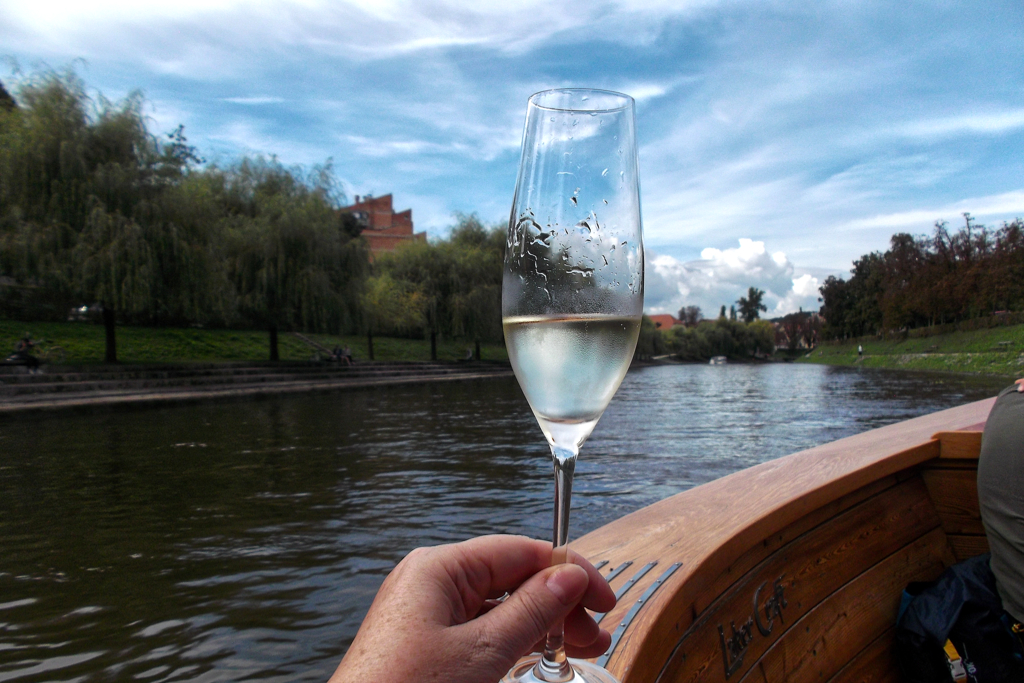
Not only does the river pleasantly divide the city, making lots of beautiful bridges necessary, each of them an alluring and interesting sight. Slowly gliding down the river gives you an additional perspective of all the great buildings to your left and your right.
So hop on and let’s cruise for an hour. The cruise departs from the Ribji Trg Pier, takes 45 minutes, and sets you back 14 €uros. However, it is included in the Ljubljana Card that I’m introducing in the Cash, Cards, And Discounts section of this post.
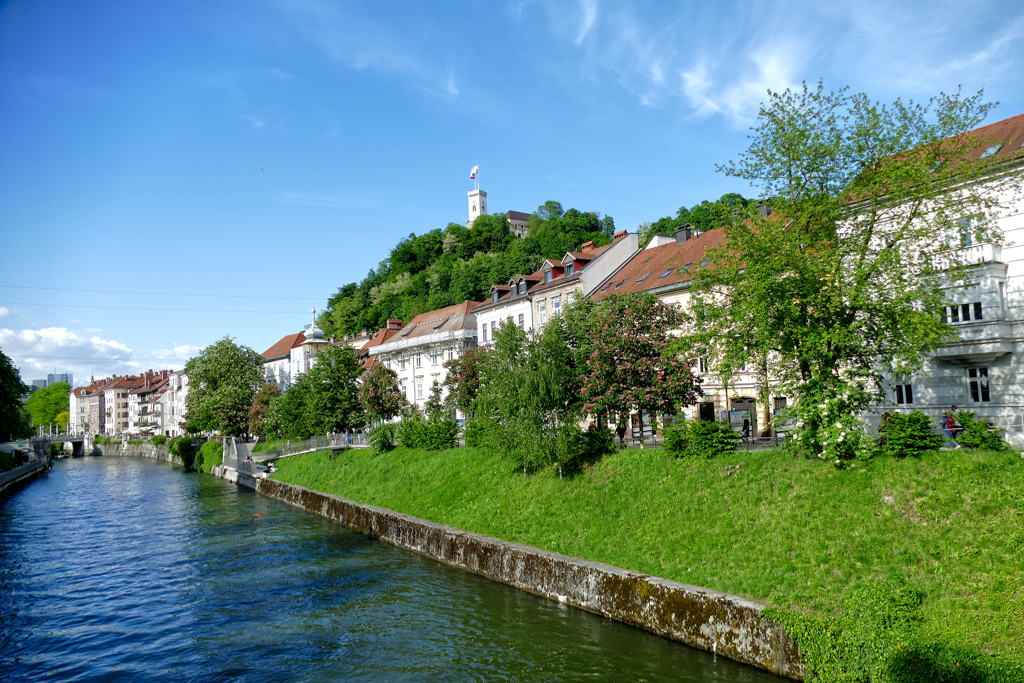
Another very relaxing activity – isn’t relaxing and activity an oxymoron? – is just lying down on the lush lawns on both shores of the river, a little bit outside the city center. You can walk there or rent a bike and cycle – you’ll feel like being in the countryside.
Father of the Bride: Jože Plečnik
What a good father Jože Plečnik was to Ljubljana! He practically showered her with beautiful, unique, and meaningful architecture to make her one of the prettiest around.
Born in 1872 in Slovenia during the hegemony of the Austro-Hungarian Empire, Plečnik studied with Viennese uber-architect Otto Wagner and worked at his workshop till 1900. Although his fantastic structures can be found for instance in Vienna, Belgrad, and, of course, Ljubljana, his most famous achievement is the renovation and remodeling of the Prague Castle from 1920 to 1934. He was commissioned by the first president of the Czechoslovak Republic Tomáš Masaryk.
Yet, this good father left his beautiful daughter Ljubljana a remarkable chest full of jewels. In 2021, UNESCO summarized Plečnik’s buildings under the title The Works of Jože Plečnik in Ljubljana – People-Oriented Urban Design and added them to the World Heritage List.
Triglav Insurance Company
You’re not even in the city center yet when you can already admire the first of Plečnik’s masterpieces: Not far from the train station, on the corner of Trg Osvobodilne Fronte and Miklošičeva Cesta is the magnificent building of the Triglav Insurance Company. Completed in 1930, it impresses with its unusual shape and a magnificent façade.
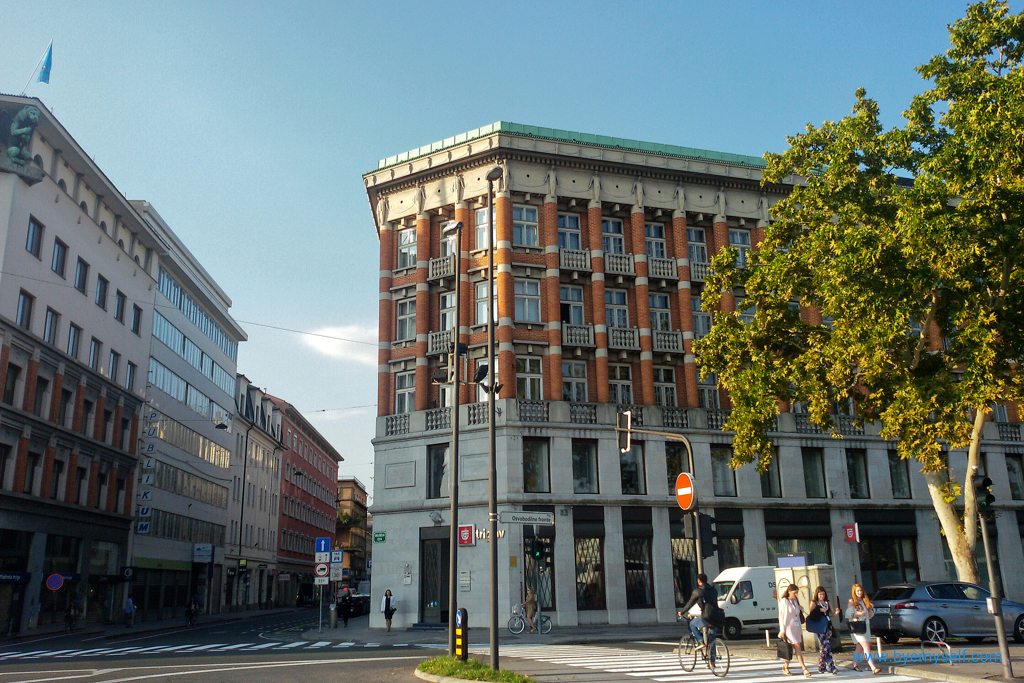
It is stylistically divided into two parts, with the lower part having a smooth façade cladding and the upper part being decorated with bricks. The frieze above the windows on the third floor is decorated with figures connected by ribbons. This symbolizes reciprocity. The small frieze above is decorated with children’s sculptures representing generational solidarity.
National and University Library
That’s all well and good, but the undisputed most impressive building is the National and University Library.
The building was designed in the style of an Italian palazzo. It is a solid block with a square plan. The façade facing Turjaška Ulica was designed as a combination of brick and stone and complemented by some archaeological finds from the site. Take a closer look: the windows are designed to look like open books – another stroke of genius from Plecnik. The side entrance on Gosposka Ulica is decorated with a Moses sculpture by Lojze Dolinar.
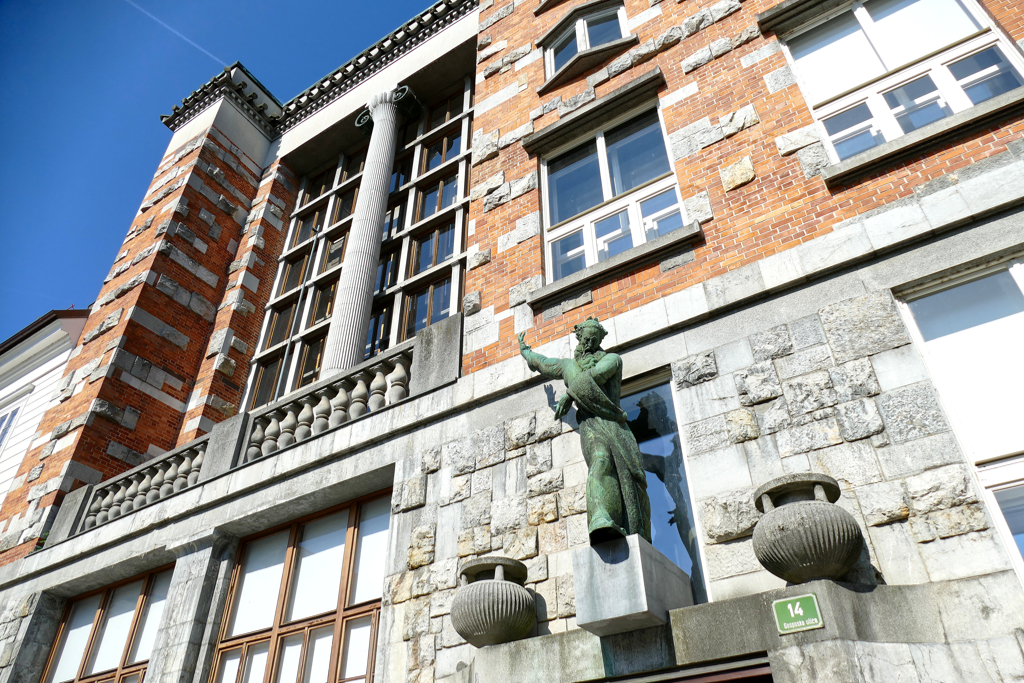
The interior consists of a central entrance hall from which four wings branch off. The staircase and its 32 columns are made of dark Podpeč marble.
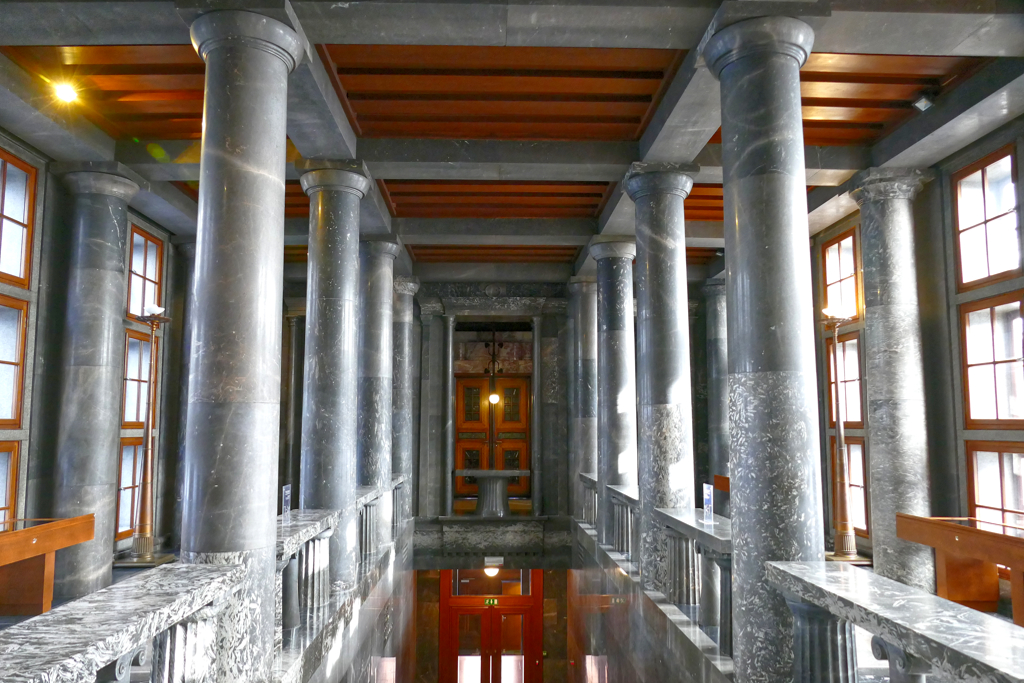
On weekdays the building is open from 10 a.m. until 6 p.m. and can be visited free of charge. On Saturdays, there is an entrance fee of 5 euros between 2.30 p.m. and 6 p.m. Guided tours where you can see the central staircase with the lobby, the reading room, and the current exhibition.
Peglezen
Very close to the famous Dragon Bridge below the castle hill is an unusually shaped building. Plečnik designed it in 1932 to replace a building damaged by an earthquake.

Adhering to the narrow floor plan was a real challenge even for this mastermind. But Plečnik wouldn’t be Plečnik if he hadn’t designed an almost unique design and given Ljubljana a Flatiron building – unique in the world other than the one in Manhattan.
Plečnik’s Covered Market
Along the Ljubljanica River, the market building designed by Plecnik was completed in 1944. The master builder was clearly influenced by the Renaissance when designing it.
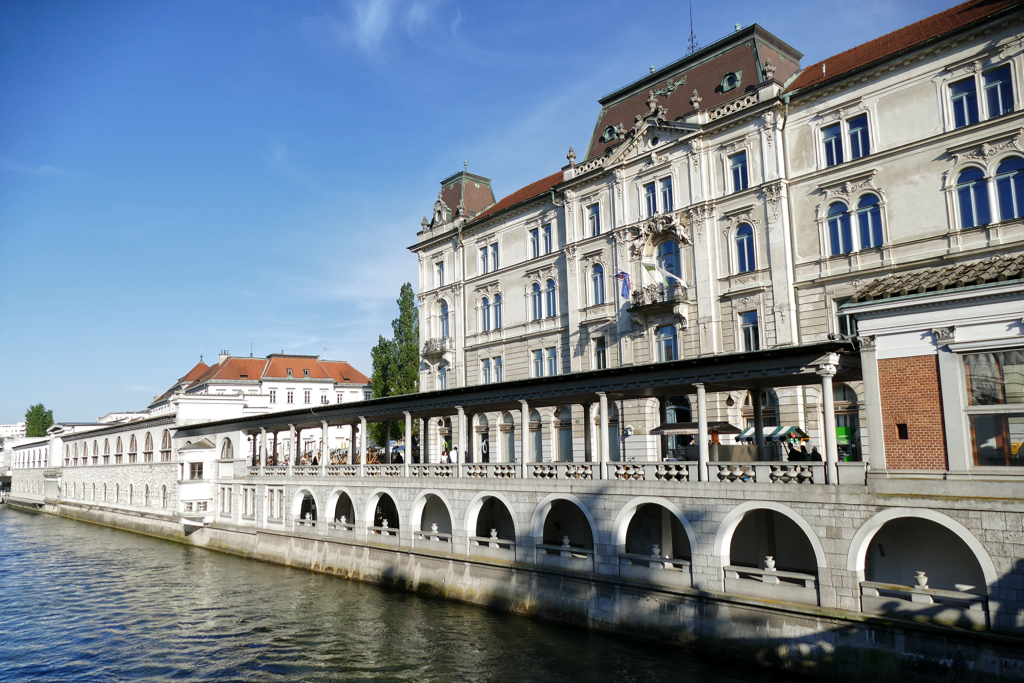
He designed the market hall as a two-story building. It follows the bend of the river. Large semicircular windows open onto the river. On the street side is a colonnade in front of which the innkeepers set up tables and chairs. This is also where my favorite restaurant Moji štruklji Slovenije is located.
Križanke Summer Theatre
From 1952 onwards, Plečnik was commissioned to transform the building of the former Križanke Teutonic Order into an arts and crafts school. Plečnik used elements of the Renaissance and Baroque. Outside the walls, Plečnik built three late Baroque portals from the remains of demolished houses.
Ultimately, the complex was used as a cultural center from 1955 onwards. Cultural events still take place here today.
Just around the corner is an impressive monument to Napoleon on the Trg Francoske Revolucije. But why do the Slovenes honor the French emperor? Well, in 1809, Napoleon founded the province of Illyria. It stretched from Slovenia to the Dalmatian coast. Napoleon thus protected the western part of Slovenia from the Habsburgs. Among other things, he made Slovenian the province’s official language. This remained the case even after the Austrians re-conquered the territory.
Kongresni Trg
Plečnik didn’t just build a house here and there, he was entrusted with the redesign of the entire congress square in the late 1930s!
The Kongresni Trg is the most significant square in Ljubljana. In its current appearance, it was constructed on the site of the ruins of a Capuchin monastery in 1821. Among the stately buildings surrounding the square are the Slovenian Philharmony, the main building of the University of Ljubljana, the neoclassical casino building, and the early baroque Ursuline Church of the Holy Trinity.
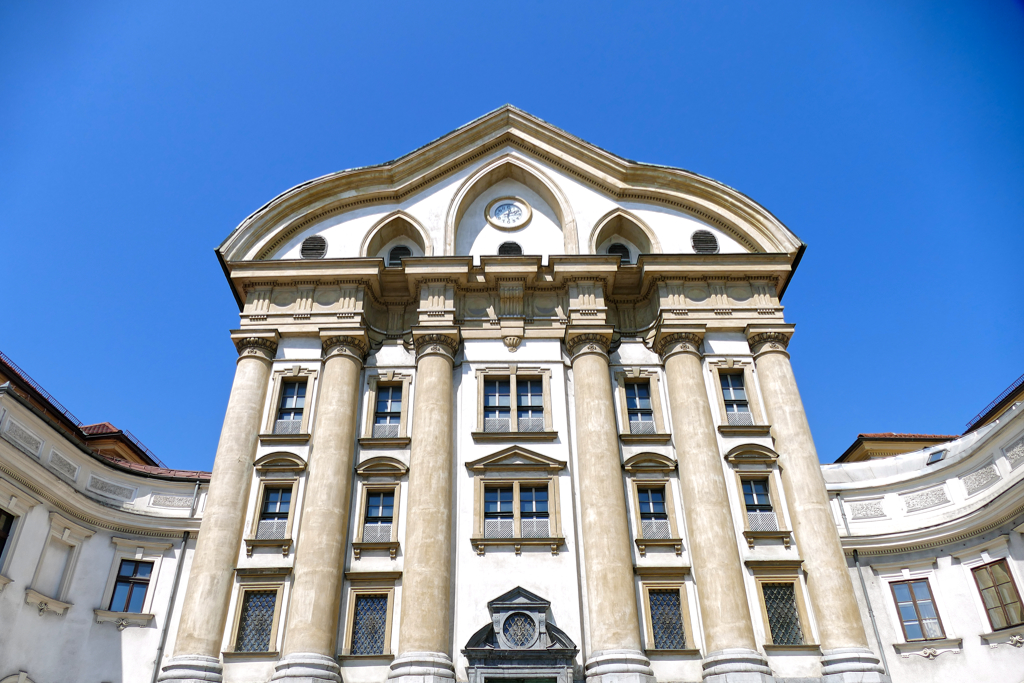
The square has played an important role in Slovenian history: In 1918, independence from Austria-Hungary and the founding of the state of Slovenes, Croats, and Serbs was proclaimed in this very spot. Yugoslav leader Josip Broz Tito spoke here after WWII in May of 1945. Then, in 1988, the first free protest for the release of four Slovenian journalists took place in the square. This upheaval marked the beginning of the so-called Slovenian Spring, which culminated in Slovenia’s declaration of independence on June 25, 1991.
Triple Bridge
The Tromostovje, or triple bridge, consists of three footbridges that lead over the Ljubljanica River. It connects the historic old town with the central Prešeren Square. It dates back to the 13th century and is the oldest bridge in Ljubljana. Jože Plečnik redesigned and expanded it in the early 1930s.

Along with the Dragon Bridge, Triple Bridge is undoubtedly one of the city’s most momentous landmarks. If you want to experience it a little quieter, you have to get up very early as there’s a lot going on here from morning till late after dark.
Cobblers’ Bridge
Nowadays it is hard to imagine that there used to be a covered wooden bridge where the so-called Cobblers’ Bridge now crosses the river Ljubljanica. That bridge provided space for shoemakers’ workshops and gave the overpass its name, obviously. At its southern end, it was decorated with a statue of Christ. This sculpture is now kept in the Saint Florian Church.
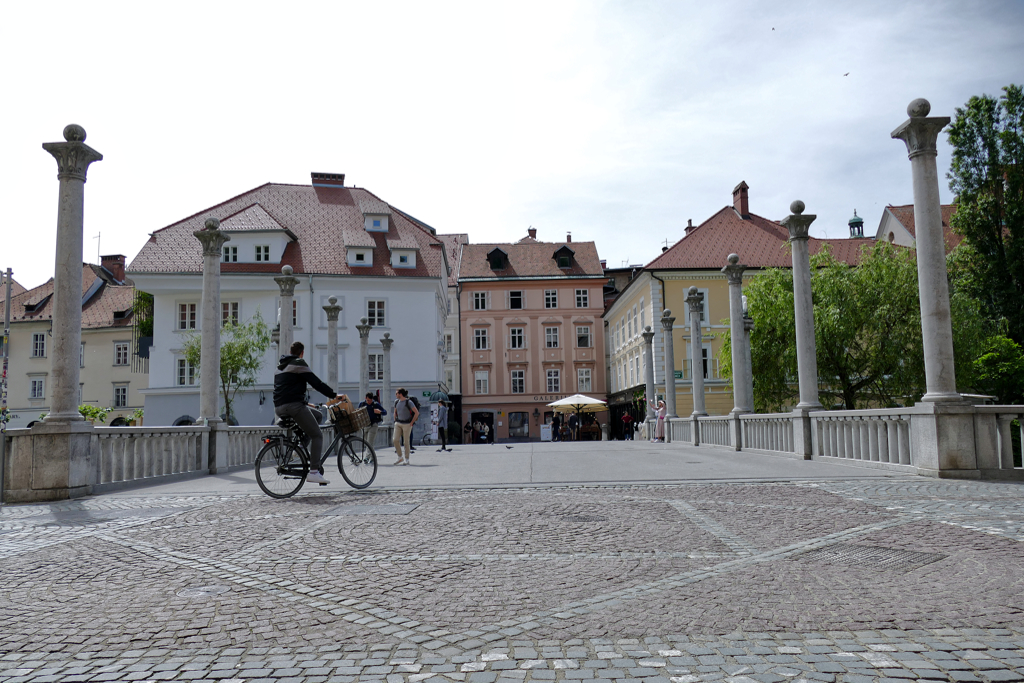
In 1932, Jože Plečnik replaced the wooden bridge with today’s stone Cobblers’ Bridge.
Trnovo Bridge
The Trnovo Bridge is a bridge over the Gradaščica River. It is located in front of the Trnovo Church in the south of the city center and connects the districts of Krakovo and Trnovo, hence, the oldest and still rural-looking suburbs of Ljubljana.
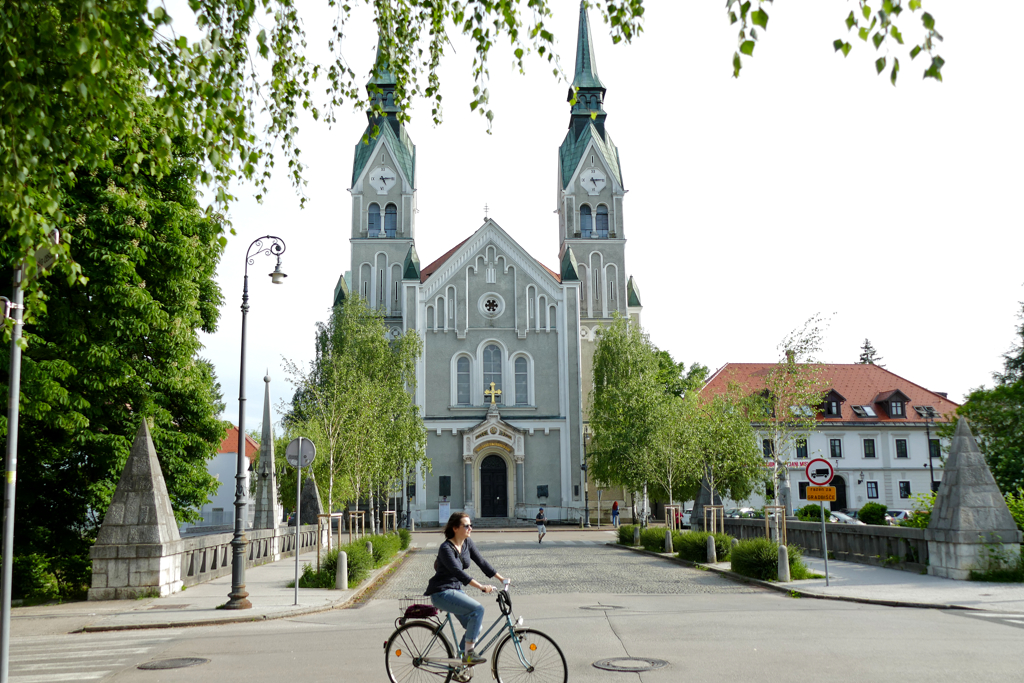
A bridge has stood at this location since the late 17th century. Designer Matko Curk built the new bridge between 1928 and 1932 according to Plečnik’s plans. A special feature is certainly that it is lined with trees instead of pillars or statues.
Butcher’s Bridge
Mesarski Most, hence, Butcher’s Bridge got its name from the nearby butchers’ stalls. Today it would be better to rename it the Love Bridge: Optimistic couples seal their love here by locking padlocks on the bridge railing. The keys are then usually thrown into the river below. Romantic? Probably?
Environmentally friendly? Certainly not.
By the way, you can book cruises on the Ljubljanica on the Butcher’s Bridge.
This is a list of Plečnik’s most iconic constructions around Ljubljana’s old center. If you are interested in seeing more of his works, there are the Church of St. Francis of Assisi, the Žale Cemetery, and more.
The Audacious Wedding Planner: Ivan Vurnik
There is no doubt that Jose Plečnik was a master builder and was to Ljubljana what Antoní Gaudí was to Barcelona. UNESCO agrees and has listed works by both architects as World Cultural Heritage Sites. And while Plečnik was undoubtedly substantial, he was not the only innovative and great architect in Slovenia.
Ivan Vurnik, who died in Ljubljana in 1971, did not achieve the international fame of his colleague Plečnik, yet, he is responsible for several important buildings in Ljubljana and beyond and was also involved in the founding of the Ljubljana School of Architecture. His early style in the 1920s in particular is characterized by the search for creating a national identity. He was inspired by Slovenian folk art, but also by the Viennese Secession style of architecture.

After Vurnik adopted the Viennese functionalist concept in the 1930s, he clashed’n’competed with the more conservative approach of Jože Plečnik. Nevertheless, the cooperative bank, designed by Vurnik and his wife Helena Kottler Vurnik, with its eclectic façade in the colors of the Slovenian tricolor, is still considered one of the most beautiful buildings in the city.
Hidden Gems
One of my favorite works by the Vurnik power couple, however, is the Parish Church of Saint Peter which is one of the oldest houses of worship in Ljubljana. Between 1938 and 1940, Vurnik completely redesigned the façade, while his wife contributed new interior decorations and mosaics. Here, too, the strong influence of Balkan folk art and the Art Deco of the Vienna Secession cannot be denied.
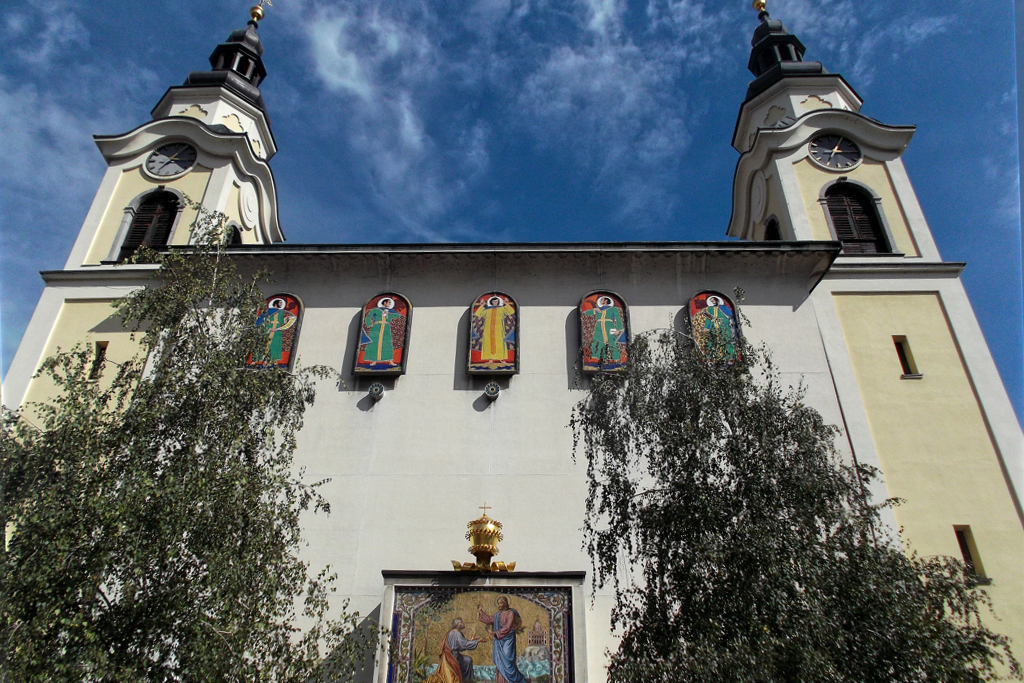


Another work by Vurnik that gets far too little attention is the Sokolski Dom. Commissioned by the Sokol sports club, Vurnik designed one of the first indoor sports facilities in Slovenia. The building was completed in 1926 in a Slovenian folk style.
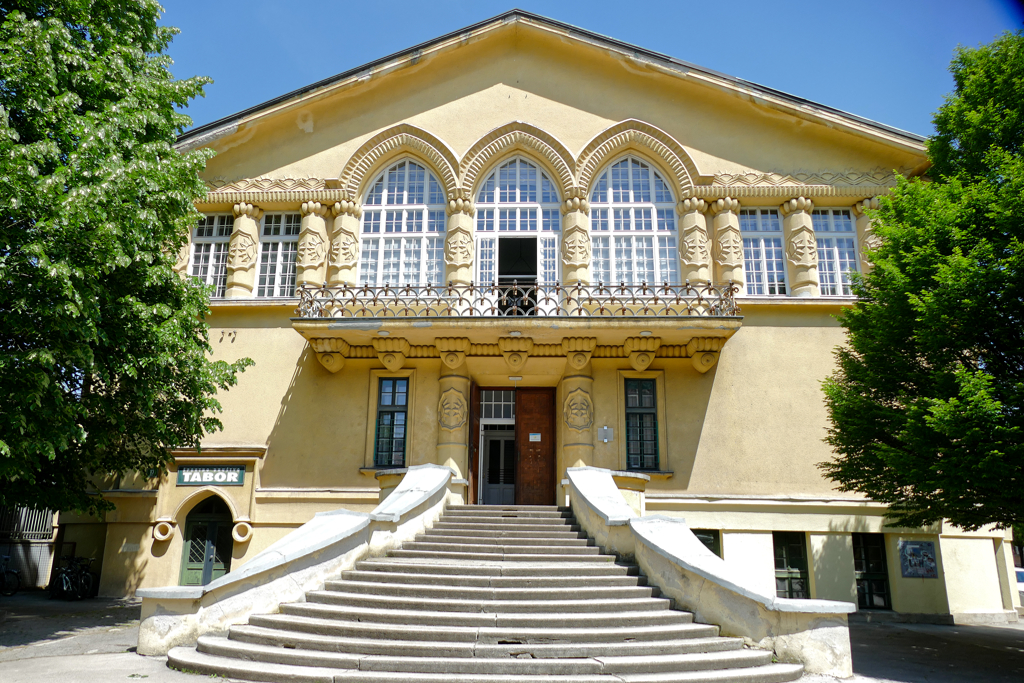
While the house looks like a stately villa from the outside, inside it has a large vaulted gymnasium and two smaller gyms. The spacious interior is well-lit by windows and a glazed part of the roof.
Practical Information
How to Get There
Air Travel
Letališče Jožeta Pučnika Ljubljana International Airport is located 26 kilometers north of the city center. The flight schedule can certainly still be expanded, even regarding destinations within Europe. The only non-European destination is Dubai.

There is a regular connection by public buses not only to and from Ljubljana, but also for instance Bled. A trip to the city takes about 45 minutes.
Taking a private shuttle is a little more costly but it might be more comfortable.
Land Travel
Slovenia is located right in the heart of Europe, nestled between Italy, Austria, Hungary, and Croatia. This makes it quickly accessible from many regions by train as well as long-distance bus.
Ljubljana’s train station is about 10 to 15 minutes north of the city center, hence totally walkable.
The bus terminal is located right next to the train station. You can buy tickets at the till and sometimes on the bus. Just get there early so you have enough time to inquire and figure things out. Keep in mind that you might not be able to pay by credit card, hence, have enough cash on you. Otherwise, you can get money from an ATM at the station.
How to Get Around
At Ljubljana, you’ll probably be walking. There is a good bus system, but most of the rather touristy attractions are concentrated at or around the old town and a major part of this area are pedestrian streets.
If you want to get to places outside the traffic-calmed city center by bus, you can use the travelcard called Urbana. You get it for 2 €uros at many newspaper kiosks, in the tourist information centers, and at the bus company sales points, obviously.
You can then top it up with an amount of your choice of up to 50 €uros.
Note that there are two types of Urbana cards. You want the yellow one. This one is not personalized, so you can use it to pay for several people at the same time. Alternatively, you can also pay with a credit or debit card equipped with NFC.
Cycling
If you don’t just want to explore the inner city area, a bike is an excellent means of transport. Like many other European cities, Ljubljana also has a municipal bike rental system. BicikeLJ is even free for rides of up to one hour. All you have to do is connect a rented bike to a docking station within an hour. If you wait five minutes, you can rent a new one for another hour.
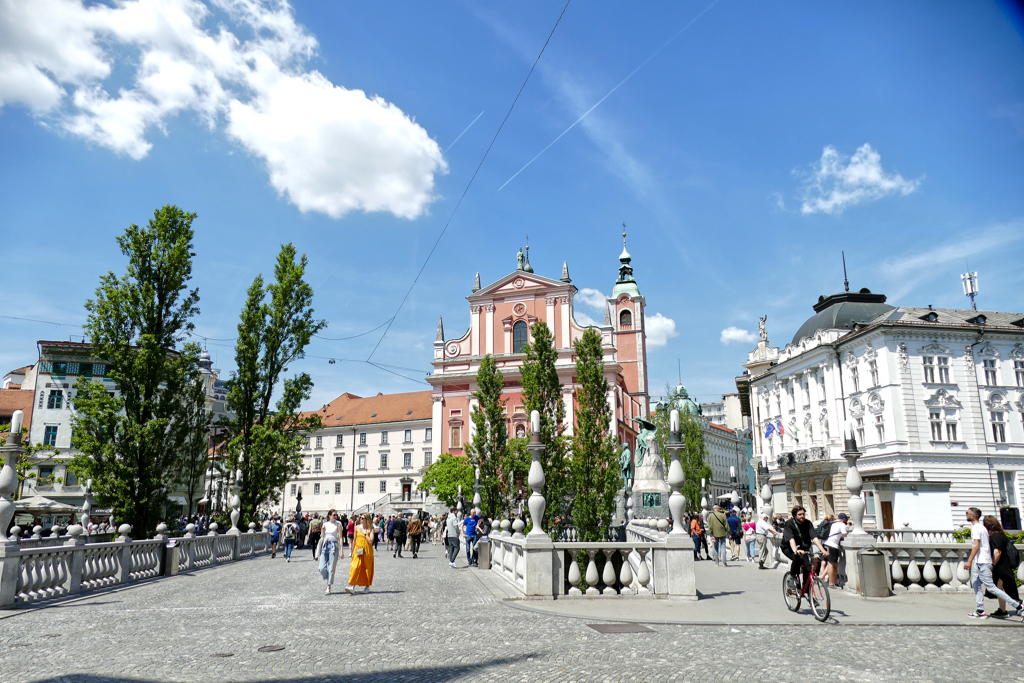
This means that using the BicikeLJ is essentially free. You have to register online. The registration fee is 1 €uro for a week and 3 €uro for a whole year. After you have registered on this website, you will receive a customer number and a four-digit PIN, which you must enter when renting a bike.
If you want or need to ride a bike for more than an hour at a time, two hours will cost a total of 1 €uro, three hours 2 €uro, and the rest of the day 4 €uros.
Where to Sleep
Although Ljubljana is still not overrun by tourists, it is becoming more and more popular as a city break destination mainly among Europeans. Therefore, there is a wide choice of accommodation, however, they tend to be surprisingly pricey.
Booking.comThe most luxurious hotel is arguably the centrally located Hotel Union*. However, apart from classic hotels, there are also many smaller guest houses and hostels mainly along the river Ljubljanica. Hence, we stayed at the ApartHotel Maria* at a halfway reasonable price.
Nevertheless, on this map, you can check out other suitable options according to your preferred location and budget*:
Booking.comVisiting Organized
Although I’m an avid solo-travelling woman, I sometimes like to join organized tours. Not only are they a valid option to go to remote places since I’m not driving. They also allow me to meet fellow travellers – for just a short moment or a lifelong friendship.

Therefore, here are some great ideas of what to do when visiting Ljubljana. Especially during high season, pre-booking online will guarantee your place at the activity of your choice*:
Cash, Cards, And Deals
Since 2001, 20 European countries have paid with €uros. Slovenia joined the European Union in 2004. It became the first of the new EU countries to adopt the €uro in 2007.
The exchange rate is 1 US$ = 0,93 EUR as of July 2024. However, you can check the conversion on this page.
Also, you can pay with credit cards even the smallest amount basically everywhere. However, keep in mind that bus tickets have to be paid in cash most of the time.
Mind you Slovenia is a surprisingly expensive country at least for visitors. Accommodation and food are pricey, hence, you’ll be happy to save a little on attractions by obtaining a Ljubljana Card. However, buying the card is only worth it if you really want to visit several of the common tourist attractions such as the inside of the castle, or take a boat trip on the Ljubljanica. The fact that the card covers public urban transport is rather pointless as the part that’s of interest to visitors is so small that you can easily explore it by walking. The picturesque streets, the magnificent buildings, the idyllic parks – you get to see all of this free of charge!
However, if you are planning on getting a Ljubljana Card, here is what you’ll have to pay:
| 24 hours | 48 hours | 72 hours | |
| 36 €uros | 44 €uros | 58 €uros |
Language
Over the past years, Slovenia has become a popular tourist destination. Therefore, many people speak pretty decent English. Older people speak it rather if they are working in the tourist industry, but most young people have a great command of the language. Especially some of the older folks also speak German.
Nevertheless, it puts a smile on people’s faces when you can say at least thank you – hvala – and please and you’re welcome – prosim in Slovenian.
Say It Right
In this post, I’m writing out some of the Slovenian names of brands and places. You should be aware that there are letters that might not exist in other languages.
Most importantly, the letter c is never pronounced as k. It is always pronounced like the ts in Tsar. Hence street is enunciated Ulitsa, not Ulika.
Only when c is written č, it is pronounced like a ch in chachacha.
The same goes for s: written š, it’s pronounced sh. But only then.
Then, there is the letter ž which is pronounced more or less like j, but rather the French way – as in jour.
So now you know how to order your Žganci correctly: Dj-gan-tsi.
People tend to overdo it with the ch and the sh – if there is no accent, it’s a simple c, s, or z, no crackjaw there.
Map
On this map, you can see where to find all the places you shouldn’t miss on your visit to Ljubljana. Clicking on the slider symbol at the top left or the full-screen icon at the top right will display the whole map.
Pinnable Pictures
If you choose to pin this post for later, please make sure to use one of these pictures:
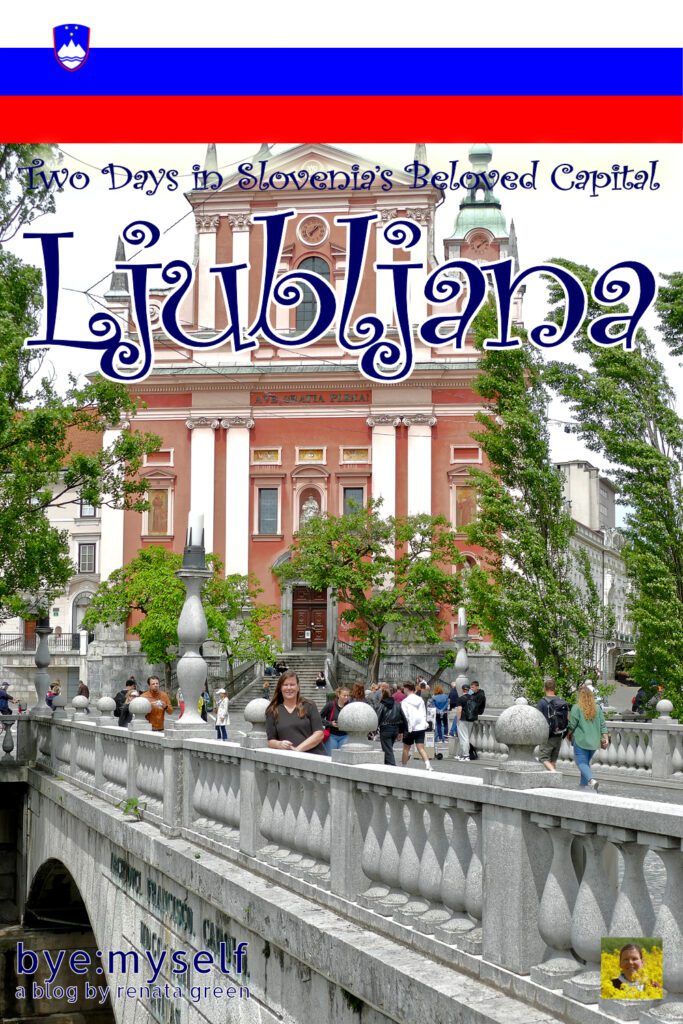
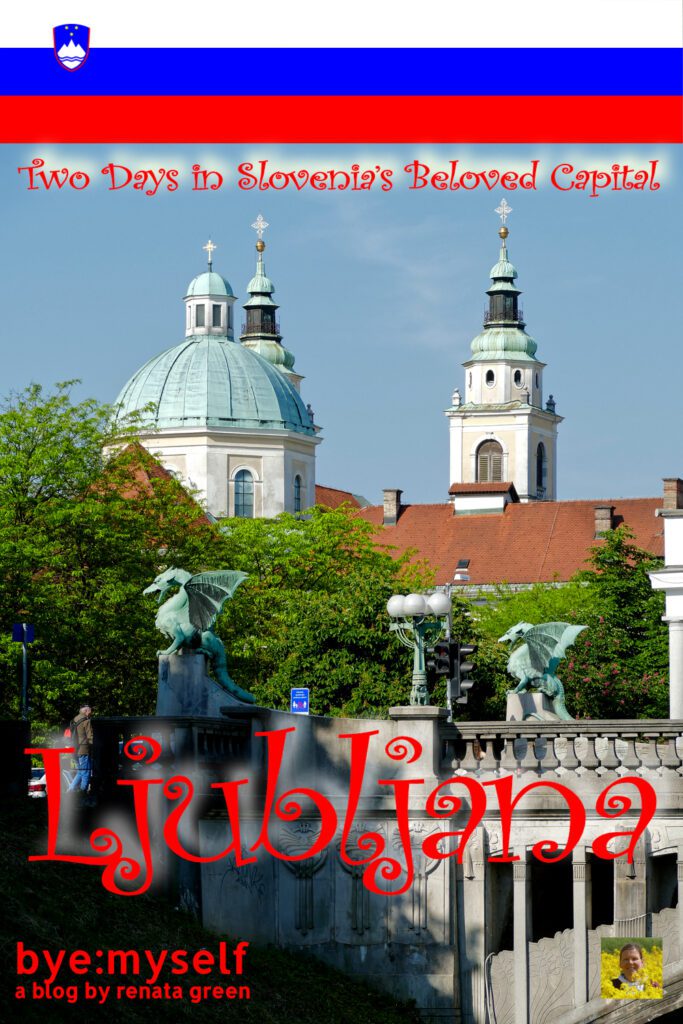
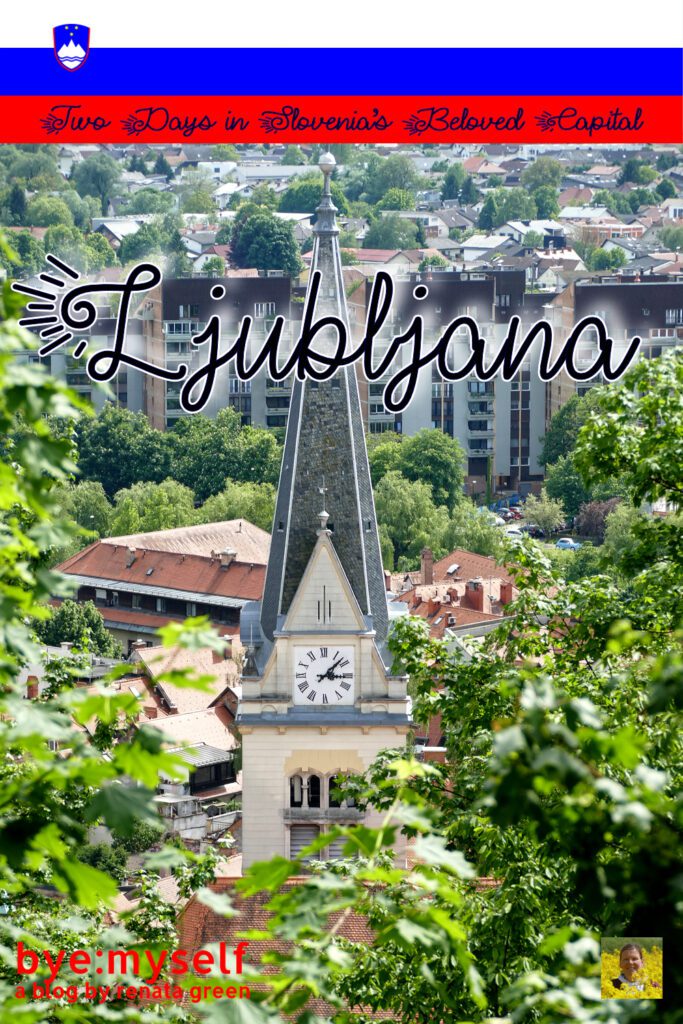
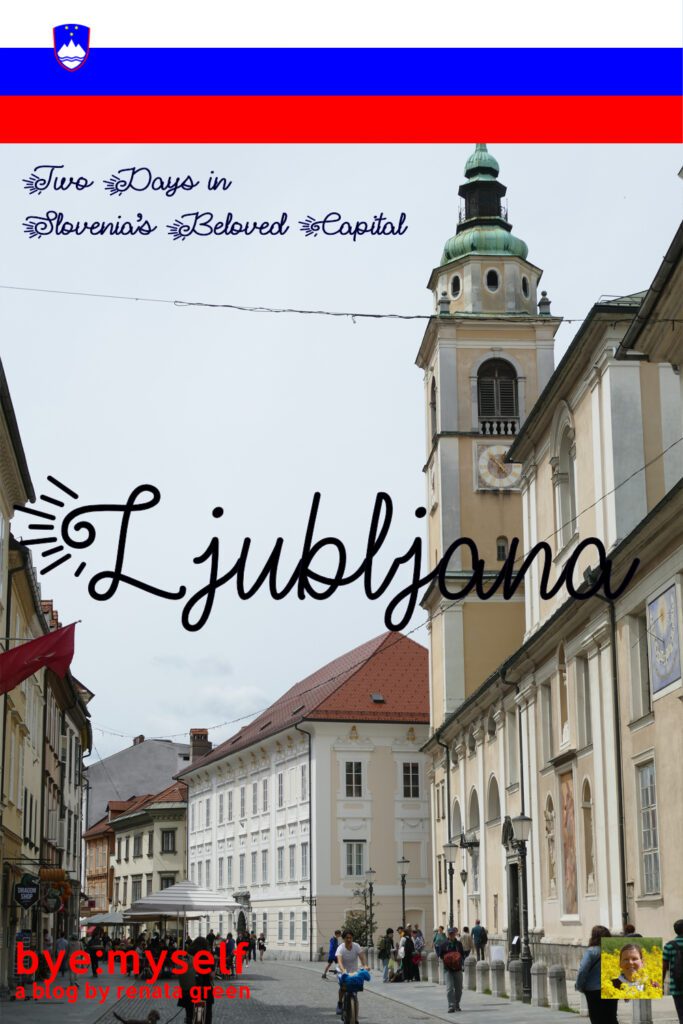
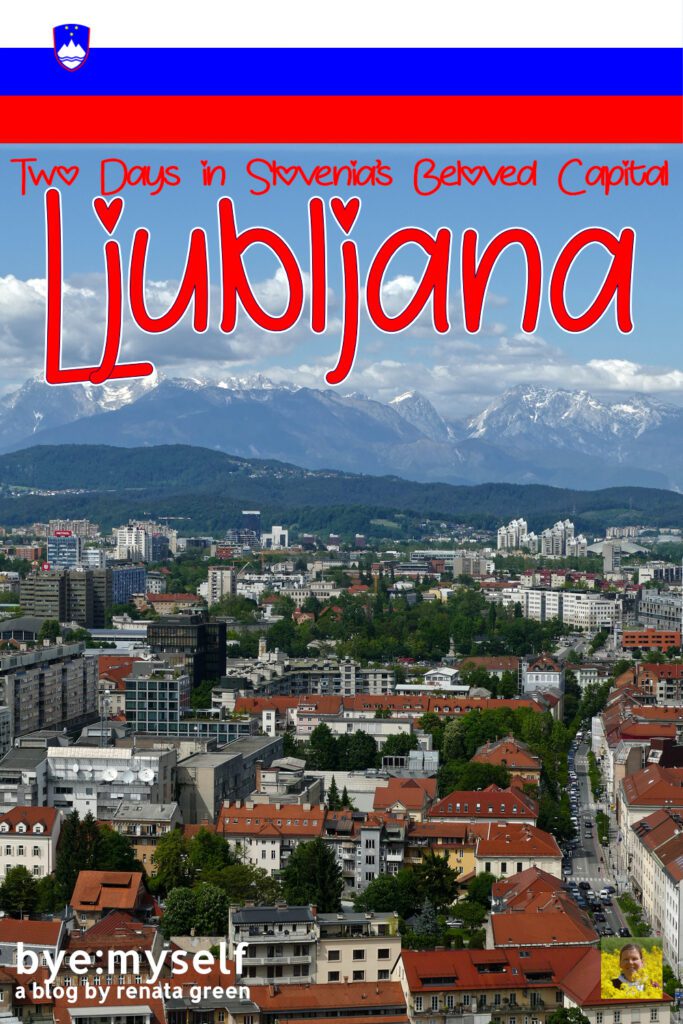
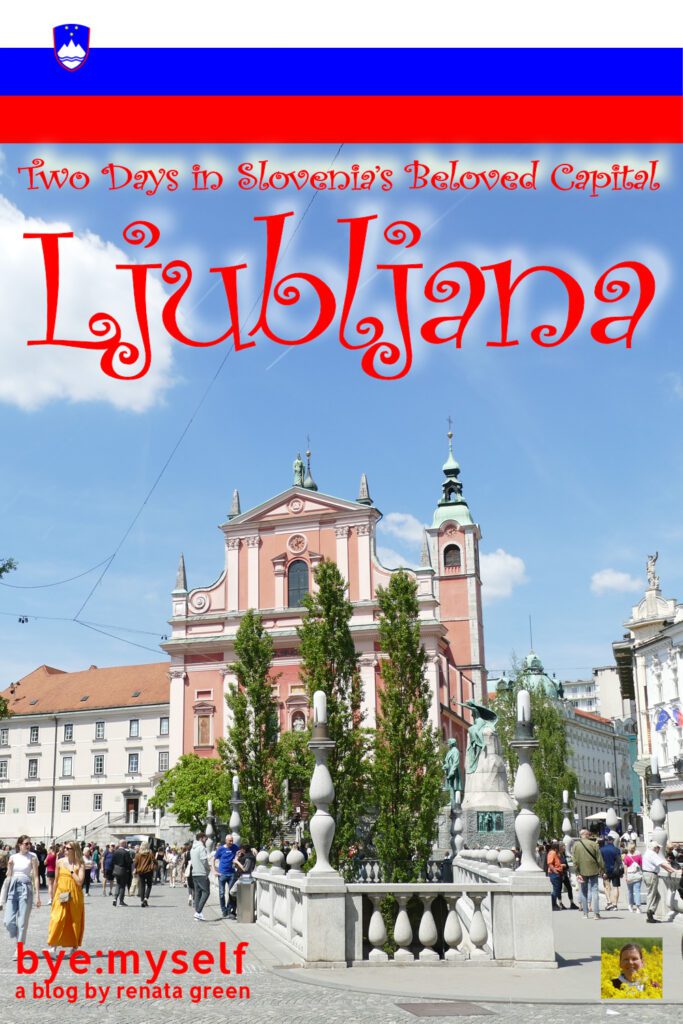
Note: I am completing, editing, and updating this post regularly – last in July 2024.
Did You Enjoy This Post? Then You Might Like Also These:
MORRO JABLE – the South Gate to Fuerteventura
Guide to KRKA National Park and SKRADIN
Best Things to Do on a Long Weekend in Milan
The Amazing Murals of the Hotel Ruins of Alyko
Best Street Art in LISBON – Part III: Moscavide
PALMA de MALLORCA – what to see in two days
Guide to SEVILLE – Three Days Right Where Andalusia’s Heart is Beating to the Rhythm of Flamenco
EL MEDANO – where not only the wind will blow you away
*This is an affiliate link. If you book through this page, you get the best deal, and I get a small commission that helps me run this blog.
Thank you so much for supporting me!
I appreciate that Visit Ljubljana in the past supported my first blogger trip to Slovenia by granting me a private guided tour and supplying me with various tickets and free access. However, all opinions on these services are mine and weren’t by any means influenced by my cooperation partner.
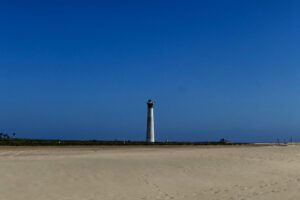
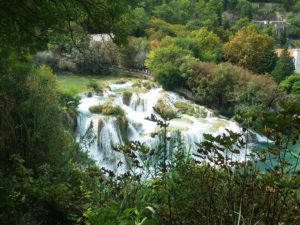
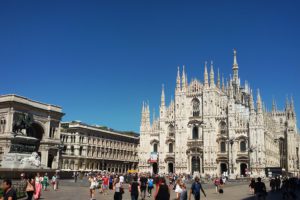
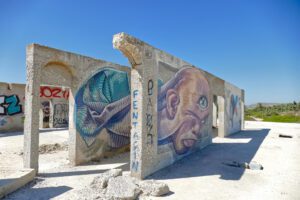
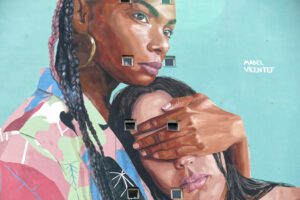

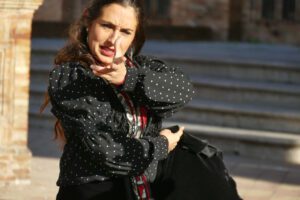
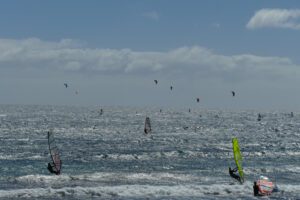
I like the efforts you have put into this post. It’s the perfect city guide for Ljubljana 🙂
Thank you, glad you like it. Ljubljana is a great place 🙂
Aw, this was an extremely good post. Taking a few
minutes and actual effort to make a top notch article… but what can I say…
I procrastinate a lot and never manage to get nearly anything done.
Well, it took me far more than a few minutes….but thanx 🙂
I really love your blogs. They are so detailed and well written. Like you, I too fell in love with Ljubljana. The houses mostly from the Renaissance and Baroque eras were really gorgeous to look at. I could go to that city in a heartbeat.
I haven’t been to Ljubjana yet, but I would love to visit it. For sure I want to see Grad and St. Peter’s Parish Church. The Museum of Contemporary Art also seems an exciting place. I love and appreciate your food recommendation, as I always have a problem choosing a location for lunch or dinner.
Wow this guide is great. Thanks for all the details and added photos, you did an awesome job of breaking down Ljubljana. I have actually never heard of it before, but I love the cobblestone roads and all of the different colored homes and buildings. I would really enjoy just walking around the area and taking in all the great scenery. Thanks for sharing!
I love learning about Ljubljana from your really descripted post. There are so many wonderful things in this quaint place, something new and old and borrowed. I would love to explore it!
I’ve never heard of this place, but such I’ve learned a lot about it’s history from this blog! Wish to visit it someday!
Ah… It will be great to enter the new city and welcome by a dragon. Even though it’s only a statue. I read a lot about tourists went to Ljubljana lately and why not. The old architectures are beautiful, although I’m not a fan of graffities in the new part of town.
On the travel wish list! Would love to visit Slovenia. I love the idea of strolling down the cobblestone streets of Ljubljana. And finding a cozy cafe. Good to know that we could visit parts of the castle for free. But it might be worth a price to get a view from there. I too love the colourful paintings on the outside of St. Peter’s Parish Church. P.S. I loved your themed tour through Ljubljana.
I have never been to Ljubljana but I do want to visit it one day. It looks so cute ad welcoming and there is a nice cycling track passing the city
I loooove Ljubljana, been there several times. I especially like it during the Christmas time.
This is so cool. I like the status of the dragon. I would love to give this one a visit. Thank you for sharing!
Wow, this place is beautiful! A great place to visit!
I love the contrast between the old buildings and the modern graffiti. Such a gorgeous place.
Yes, it’s a beautiful place – and still not too overrun 😉
My favorite is the street art. It always fascinates me. It seems like there is a trend around the world right now to beautify public places with murals. Here, in south Florida, they are in the process of displaying artwork on the ugly electrical boxes on the side of the road and adding suculptures along side stretches of road not just in parks.
I could not refrain from commenting. Very well written!
Looks like such a lovely town! You have put together a fantastic guide for exploring this cute little place.
P.S: I’m sure I’m not pronouncing Ljubljanica right. 😛
Ljubljana looks absolutely amazing. I had no idea that there was so much to see and do in Slovenia, but it’s now on my list of places to visit! I love the mix of old and new!!
Yes, I want to go back, too. One day was far too short!
Beautiful city and fantastic guide! I wasn’t too far when I was in Central Europe last summer, but I didn’t make it. It looks very similar to other cities I went to, and I’m sure I’d enjoy it! Hopefully I can make it back to Europe soon and check this off my list!
The pictures make me feel like I am there! Great captures
I also love the name of Ljubljana, it’s such a pretty sound! I didn’t know that it also has a German name, Laibach, I have heard it but assumed it was somewhere else! The historic centre looks utterly beautiful, definitely somewhere I’d like to explore. The funky street art in the new side also look worthwhile to see. The culinary heritage sounds like it makes for many delicious options when it comes to eating out, and I’d definitely be lookign to try the borek and other traditional dishes.
The food is good, but definitely on the heavy side.
This city has been on my bucket list ever since we had to change buses here on our way to Zagreb. I love all of the medieval streets and how historic it still looks. You’ve pointed out some great spots to visit so I’ll be saving this post for later!
I love how you wrote this guide as your love for the city! Ljubljana wasn’t on my radar as a to-visit destination, but now I would love to experience the city and learn more about the history. The prospect of strolling through cute streets, checking out modern street art, visiting museums and wrapping it up with a river cruise sounds lovely!
It’s interesting to know that many businesses stay closed on Sundays. They do take breaks/weekends seriously I suppose? 🙂 Also, that’s a great weekend market! I miss going to one in our city! 🙂
Ljubljana is one of my favorite cities! You put together an extensive guide!! And I’m so happy to see my favorite breakfast place in it too: Slovenska Hiša. Absolutely delicious!
Ljubljana looks like a really cool city! I’m definitely a sucker for those cities that sit on the river. Hope to get to Slovenia in the next few years once the world has gotten back on it’s feet.
Lubljana sounds like the perfect destination with a mix of old and new…..even the food is diverse which I like. From what you have written and recommend, I would likely stay 4 or 5 days to explore the area and appreciate its beauty. I love the art on the buildings!
Ah Ljubljana one of my favorite cities in the world 🙂 I loved visiting this lovely city back in 2017 so this was a nice little jog down memory lane with your beautiful pictures and descriptions. That iconic dragon bridge I can never forget 🙂 I will hop onto the funicular next time I’m there 🙂
You really do a comprehensive review of every city you visit. We were in Lubljana in 2018 and didn’t see as much…just the market, Old Town center, and the castle. Moved on to Bled right away
I’ve never been to that side of the world, but Eastern Europe is definitely on my list!
Love the way you have written this and the amount of advice given. I been to Ljubljana quite a few times and enjoyed this beautiful small city. Hoping to be back soon and you have given me a few ideas.
I love this place! We were there for 3 days a few years ago and loved the sellers on the streets with their huge displays. Beautiful city.
I'm really hoping to visit next year, so really am inspired to visit. I love the mix between the old and new in the city, and I've never heard of Slovenian champagne before, but I'm really keen to try!
Ljubjana is so pretty wow! Loved all the information you have provided. It looks like a dreamy destination. I love the streets there. So many places to see and so many things to do.
It sounds like a very fascinating destination and I particularly love the rich international heritage the city has! Thanks for the great tips.
What a fantastically creative way to write your post! I love the something old, new, borrowed and blue idea. I adored exploring this city so much. I wish I had more time to explore more of the things on your list.
What a picturesque place! I love the architecture and could probably spend all day just wandering the streets! Slovenia looks like a lovely place to visit.
I am loving the photos here. What a beautiful place. Lots to see and explore.
Slovenia certainly has a rough past! The houses from the Renaissance and Baroque eras are beauties. We are good at getting up and out so I think we could do Ljubljana in 2 days. It's great that visitors can enter the castle premises for free, even if you have to pay for the exhibitions. Did you enter? Which museums did you visit or would you recommend?
Sorry, I would not eat that heavy food. Wok food and seafood are much preferred. I like the idea of a cruise; we do them often when we travel.
Your pictures are amazing and you have done a fantastic job of the write up about each one.
Thank you, Melissa, that's so kind of you! Glad you like it.
Well I loved the streets there! Looks like a cool place to do street photography. I think I can spend days walking around there with my camera.
Yeah, well, if I managed to take some decent pix there, you will do wonders, that's for sure.
Really enjoyed this, a very creative way of presenting the city! We haven't made it to Slovenia yet, but it's high on our list and we'll probably go to Ljubljana next year. Will be saving this article for sure 🙂
Thank you for your kind words, I'm glad you like it. I always try to find a golden thread – and it makes me happy to see that it's appreciated.
Looks like so much to see and do here. You got some beautiful photos 🙂
Ljubljana looks mindblowing. Quite a lot to explore here, I would be on the streets for all that art, probably all day long!
Yes, you definitely don't get bored.
I love visiting Ljubljana. I really enjoyed the alternative aspects of the city that sit side by side with the interesting old parts of the town. The street art was fantastic as well.
Yes, that's what I enjoyed, too. It's a real city, not an outdoor museum, and it has a great vibe to it.
Such a wonderful place! I know Slovenia but this is the first time I've hear of Ljubljana. I don't mind getting the guided tour if I get to see all those places! The old vintage look of the building and streets always amazes me.
It is a very special place and it was even better than expected.
My husband and I just moved to Northern Italy and we’re only 2 hours from Slovenia! I’m definitely adding Ljubljana to the places we need to explore in that beautiful country!
Your pictures are lovely as usual and your guide is amazing. I would love to spend some days there after reading this.
I got all sentimental writing the guide; I need to go back as soon as I can. Maybe we'll meet 😉
Ljubljana looks like such a lovely and charming place. Great that Slovenia itself is quite easy to get to from a number of nearby European neighbors. So much to explore here, I totally agree you would want to spend more than a couple of days to really experience such a place.
Since I stopped there on my way to Croatia, my stay was wayyy too short – I need to come back as soon as I can.
What a wonderful place to adore. I wish to visit this place soon too. I hope I could save alot to be with my family here.
Ljubljana looks beautiful! River cruises are one of my favorite ways to see a city and that one looks like a lot of fun.
It was a nice addition to all that walking….phew!
What a little treasure! I love the way you weave in the places to visit with the history and the architecture. The river ride looks like a must!
Thank you, I'm very glad you like it. Yes, after all that walking and climbing, just sitting in the boat and glide through the city was a pleasant break.
Ljubljana seems to be a great place I was more happy to check that Ljubljana Card allows you to rent a bike for few hours. This means one can wander around the city like a local which sounds more exciting.
Yes, the card grants some great options to explore different aspects of the city.
This is a great guide. Hoping to get to Slovenia next year so have pinned this one for later. Thanks Renata 🙂
Glad you like it. I wish I can go back to Slovenia very soon since I also want to explore other places – but pay Ljubljana another visit, too.